Current Seminars



Current Seminars

5/21/24 at 4:00pm in Chemistry B201
About the Seminar: The energy band structure (dispersion relation between energy and wavenumber) is fundamental information essential for elucidating the charge transport properties of semiconductors. We have developed a new technique, angle-resolved low-energy inverse photoelectron spectroscopy [1], and succeeded in measuring the conduction band structure of organic semiconductors for the first time [2]. Based on […]

5/3/24 at 4:00pm in Chemistry A101
About the Seminar: Organocatalyzed atom transfer radical polymerization (O-ATRP) is a controlled radical polymerization method that uses organic photoredox catalysts (PCs) and visible light to produce polymers with well-defined structures. Diaryl dihydrophenazine PCs have mediated controlled polymerizations as indicated by low dispersity (Ð < 1.3), but in previous work low initiator efficiency (I* < 100%) […]

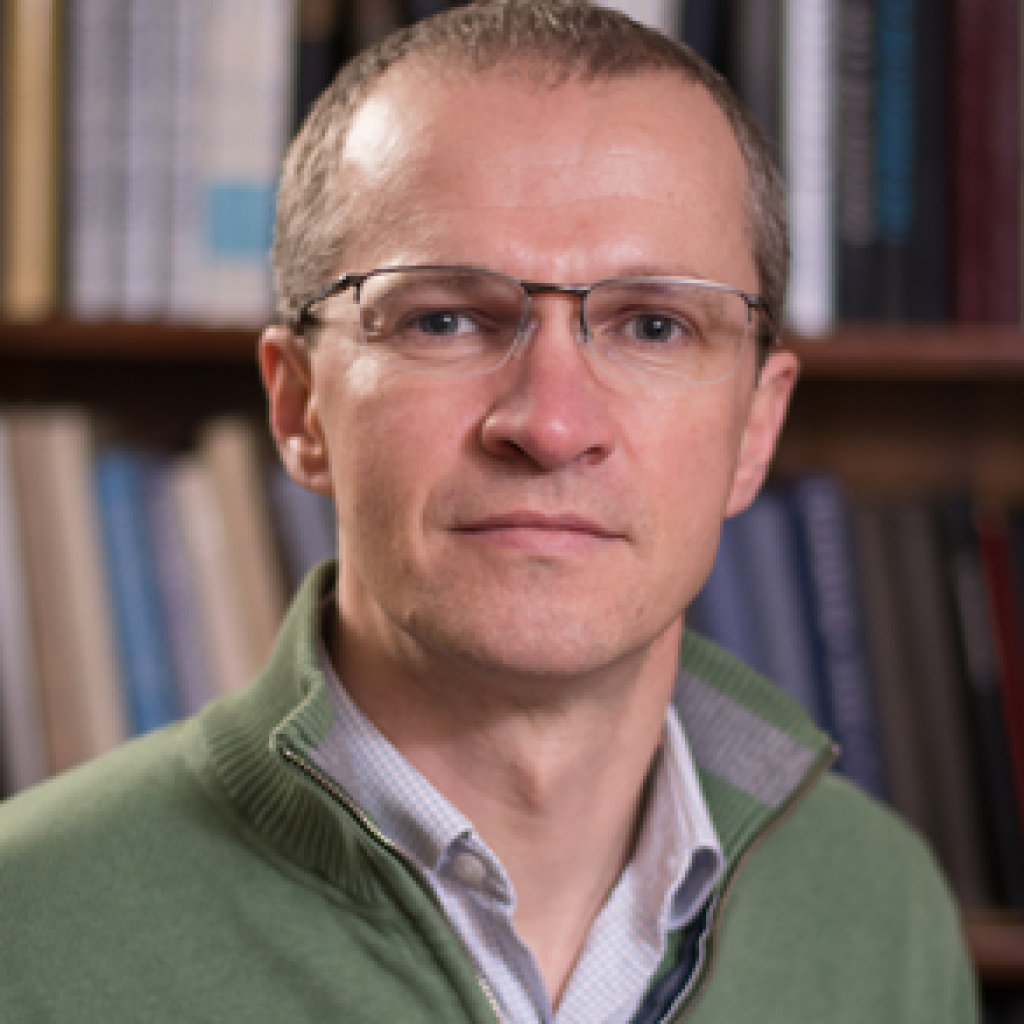
3/26/24 at 4:00pm in Chemistry A101
About the Seminar: Large-scale deployment of first-principles electronic structure calculations in combination with the ever-increasing power and availability of massively parallel supercomputers have launched in past couple of decades an entirely new paradigm in modern materials science. Intuition and serendipity that were the hallmarks of materials discovery are now complemented by theory-guided searches, which have […]
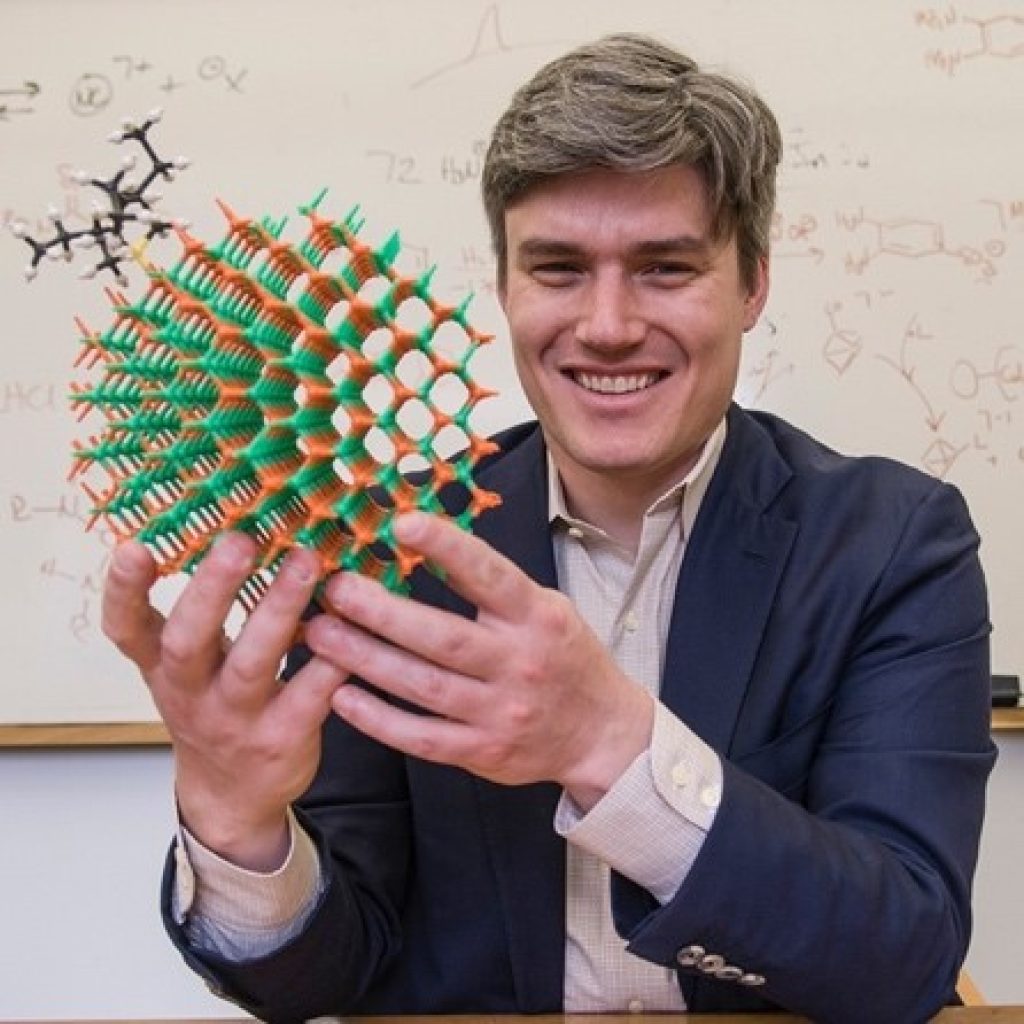
3/22/24 at 4:00pm in Chemistry A101
About the Seminar: The size and shape homogeneity of modern colloidal semiconductor nanocrystals or ‘Quantum Dots’ (QDs) result in their characteristically narrow photoluminescence linewidths. This narrow and tunable luminescence is driving the cutting edge in display technologies and can increase the luminous efficacy of commercially viable solid state lighting devices by > 25%. These properties […]
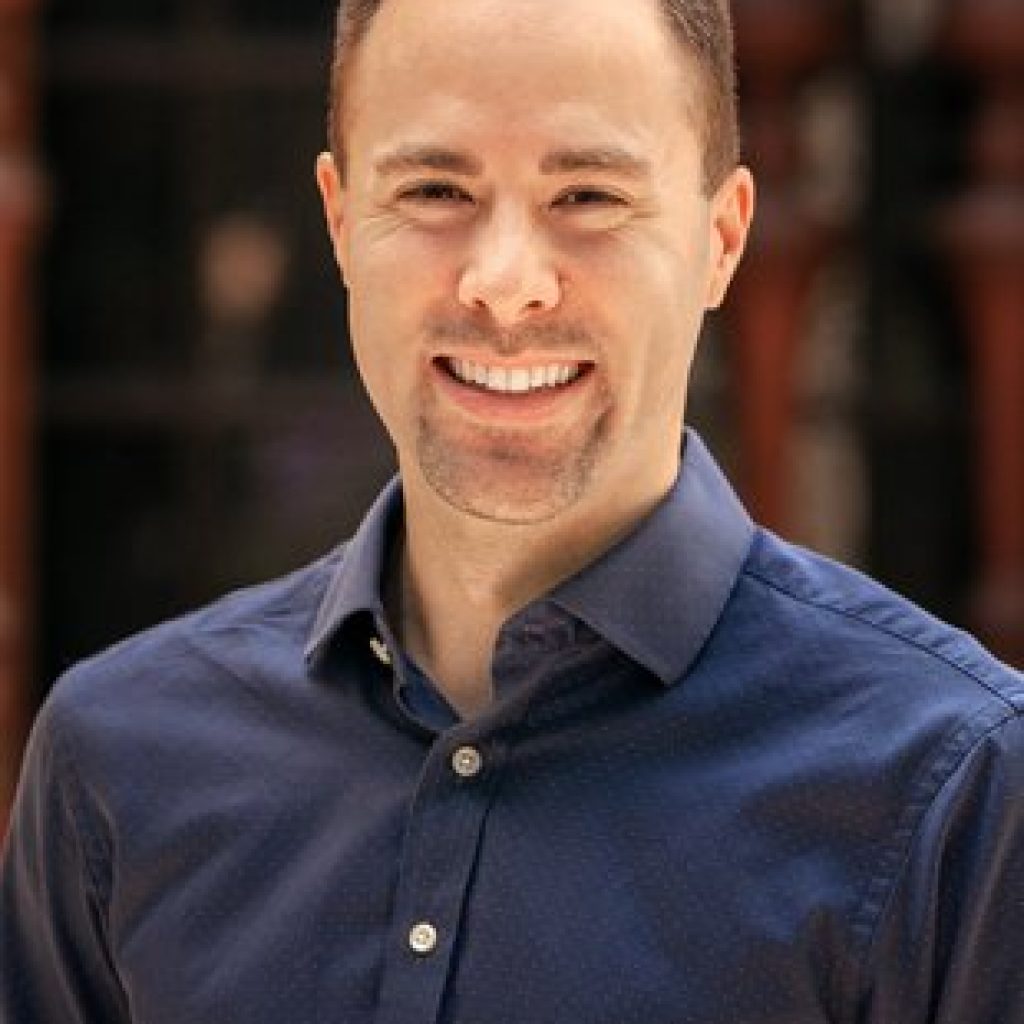
2/26/24 at 4:00pm in Chemistry A101
About the Seminar: The use of mechanical force to selectively activate covalent bond transformations presents unique opportunities for the design of stimuli-responsive polymers for applications ranging from sensing to drug delivery. By incorporating stress-sensitive molecules called mechanophores into polymer chains, force is transduced selectively to weak bonds in the mechanophore to elicit a productive chemical […]
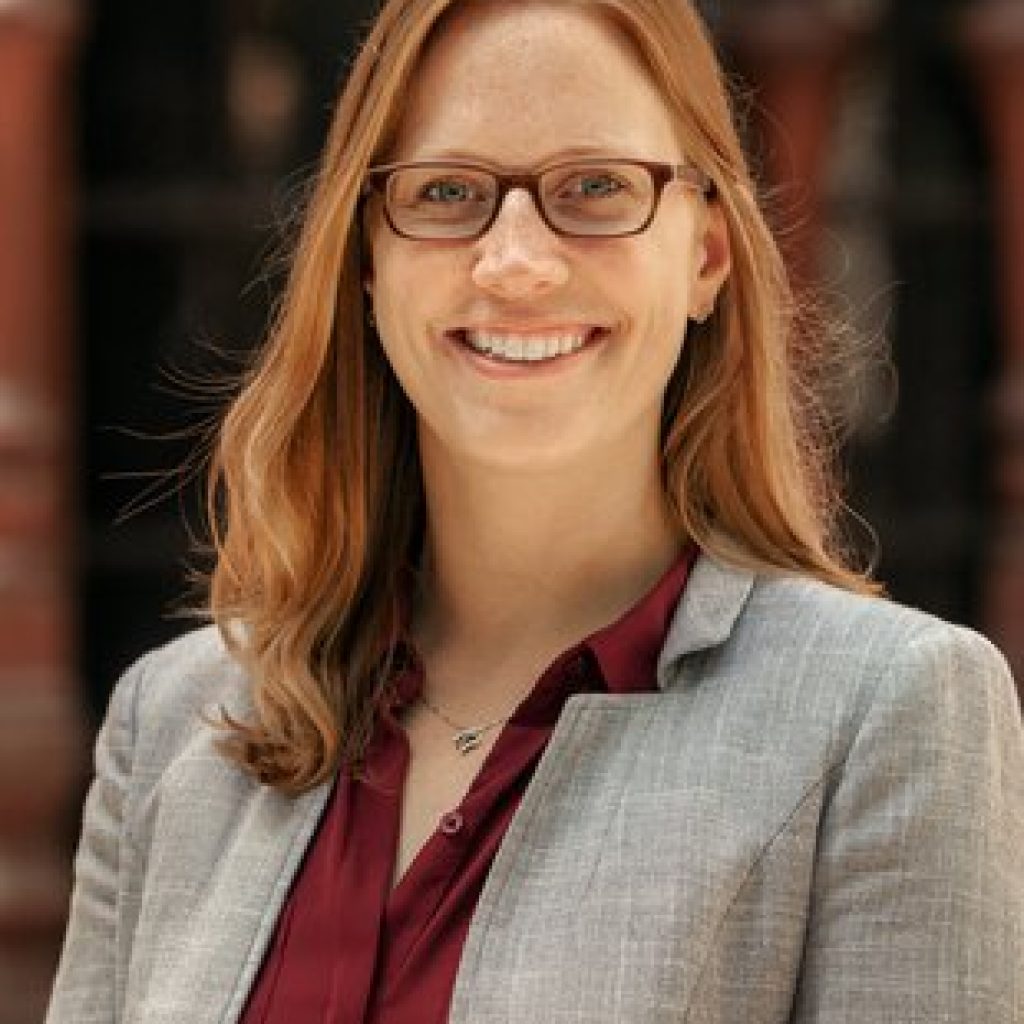
2/23/24 at 4:00pm in Chemistry A101
About the Seminar: Rechargeable Li-ion batteries have revolutionized portable energy storage but the limitations imposed by intercalation chemistry, cost associated with precursors of active materials, and critical nature of crucial elements drive the need for new batteries. Our lab aims to develop energy dense chemistries that obviate the need for the critical and costly elements […]

2/16/24 at 4:00pm in Chemistry A101
About the Seminar: Enzymes have been integrated into electrodes to form biosensors for nearly a century. To this date little work has been done to study whether the orientation of the enzyme at the electrode surface has a significant effect on the enzymes ability to catalyze a reaction. For Direct Electron Transfer (DET) and catalysis […]
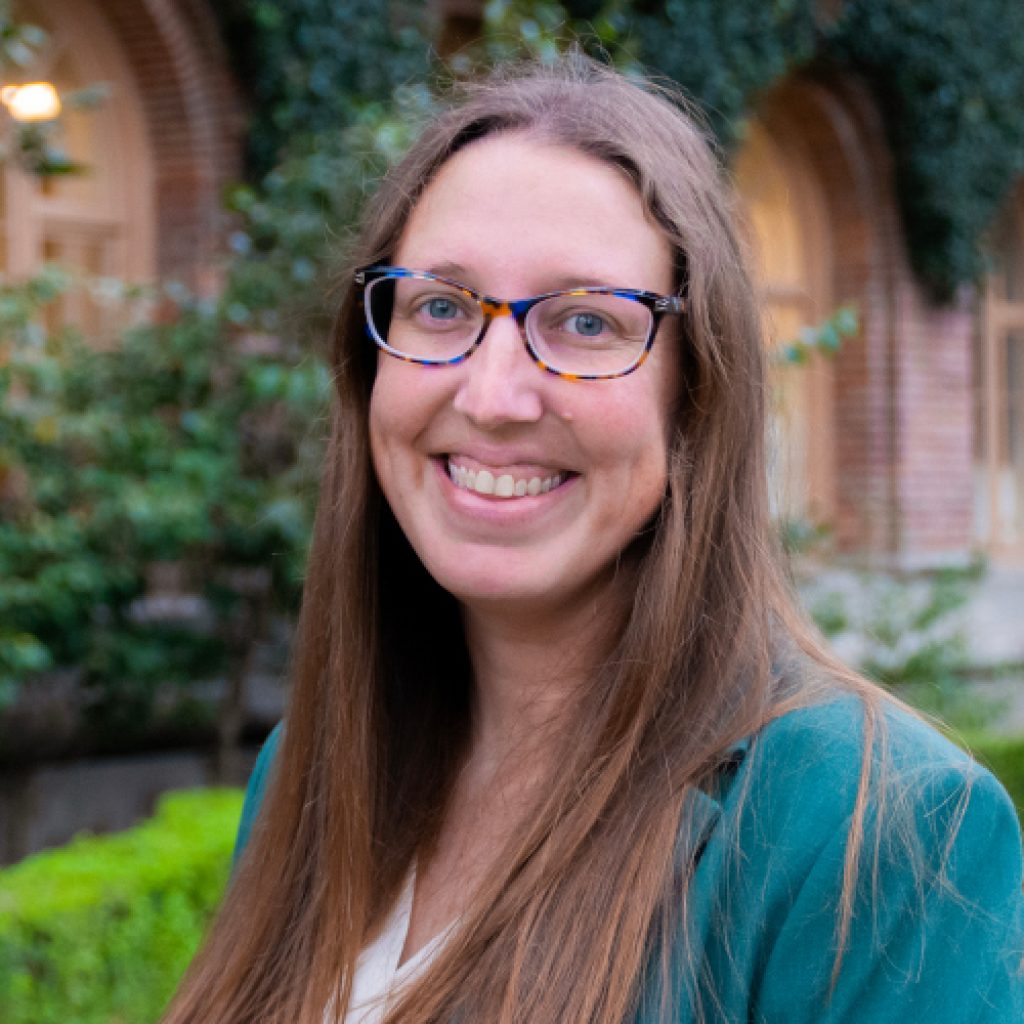
2/13/24 at 4:00pm in Chemistry A101
About the Seminar: As we strive to support our busy and demanding lifestyles, our dependence on disposable polymer items has led to a global environmental crisis. The high stability of polymers to an array of conditions that was once highlighted as a value for commercialization has now become a serious flaw. Addressing this crisis is […]
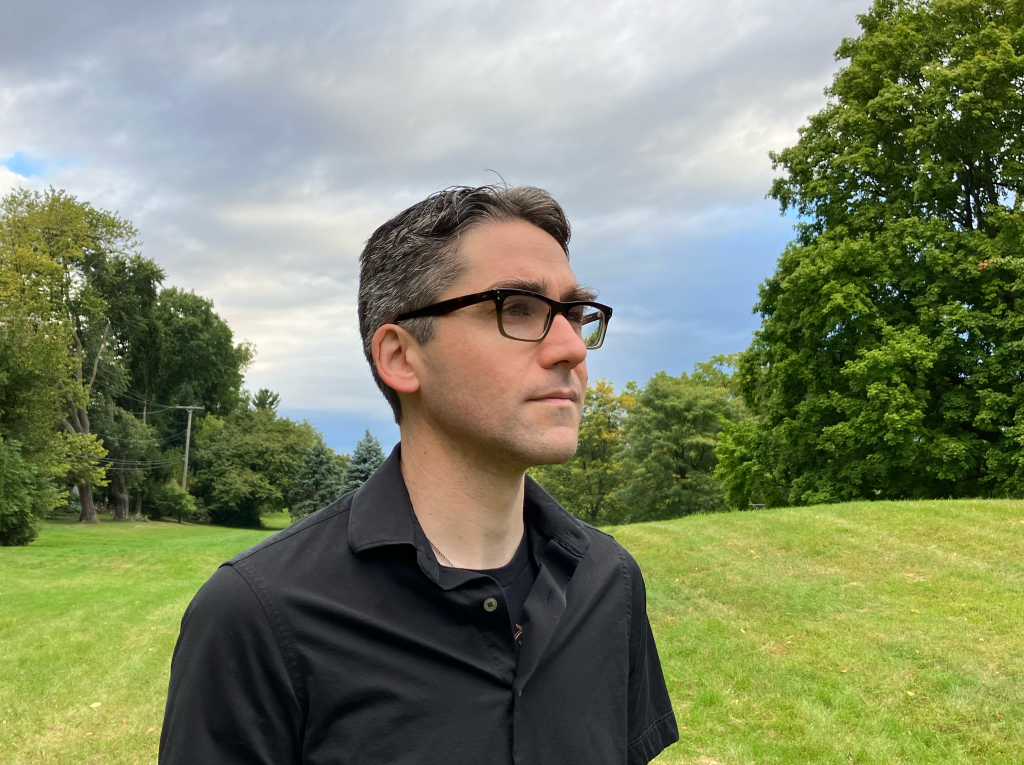
2/2/24 at 4:00pm in Chemistry A101
About the Seminar: Creating a new reaction is an exploration into the unknown. Fortunately, this exploration is supported by chemical knowledge, intuition, and tools that help us anticipate each turn along the path. In this talk I’ll give examples of how advanced computational methods can support the development of new reactions, in particular by introducing […]

12/1/23 at 4:00pm in Chemistry A101
Abstract: For the deployment of new semiconductors, rapid discovery and property optimization is crucial. Theoretical understanding of structure-property relationships allows us to predict target materials based on the desired properties for an intended application, such as solar energy harvesting. However, crystallographic defects can negatively impact the optoelectronic properties of promising materials, as is the case […]

12/1/23 at 4:00pm in Chemistry A101
Abstract: As demand for long-term energy storage increases, next-generation battery materials work to fulfill demands for longer cycle lifetimes and higher capacity. Solid electrolytes are impressive candidate materials showing both slow degradation and increased stability against alkali metals, as compared to non-aqueous liquid electrolyte counterparts.(1) Lithium phosphorus oxynitride (LiPON) has shown promise for use as a […]

11/10/23 at 4:00pm in Chemistry A101
Abstract – TBA

11/10/23 at 4:00pm in Chemistry A101
Abstract: Atomically precise metal nanoclusters (MNCs) are a class of materials sharing properties with molecular complexes and bulk nanoparticles. Their structure consists of a metal core and an organometallic ligand shell comprised of multiple MxRx+1 staple motifs, where M is a metal and R is an organic ligand. In the context of self-assembled materials, MNCs […]

11/3/23 at 4:00pm in Chemistry A101
Abstract: Despite advancement in developing new reversible dynamic polymer hydrogels utilizing different chemical crosslink and exhibiting exciting viscoelastic properties, there has been limited work quantifying the relation between the kinetic parameters of the chemical exchange at the cross link, and the bulk properties of the material, such as the characteristic relaxation time (). In recent […]

11/3/23 at 4:00pm in Chemistry A101
Abstract: Conversion anodes are attractive electrode materials for sodium-ion batteries due to their high theoretical and storage capacities. Challenges with conversion anode materials, such as metal phosphides, result from large volume expansion leading to anode pulverization, and poor reversible capacity. To improve the performance of metal phosphide anodes and relieve strain from volume expansion, preparation […]
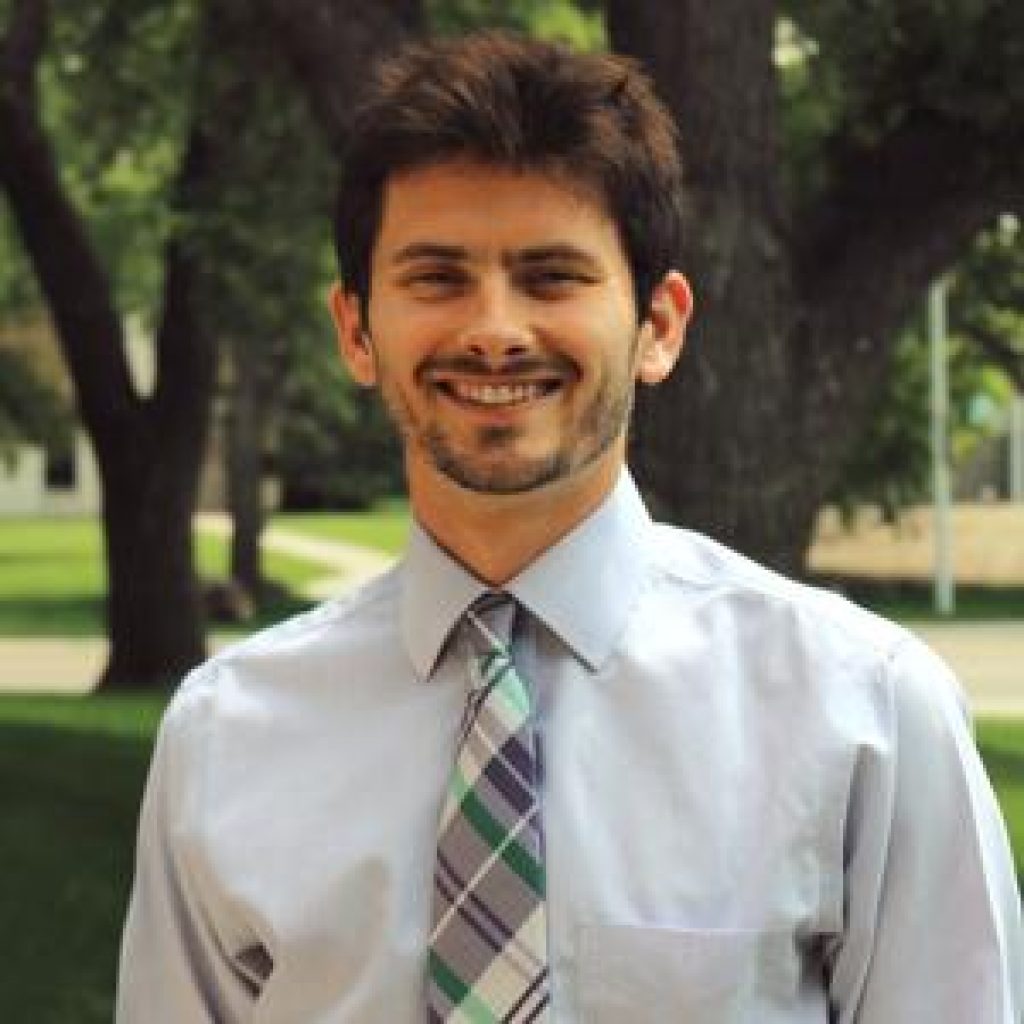
9/26/23 at 4:00pm in Chemistry A101
About the Seminar: A significant challenge in inorganic materials synthesis is to rationally control composition and structure of materials to achieve desired properties. Unfortunately, metastability or glacial reaction kinetics inhibits the search for and synthesis of functional materials. Yet, solid-state metathesis reactions, which have an expanded, hyperdimensional, compositional space from that of the products, often […]

9/22/23 at 4:00pm in Chemistry A101
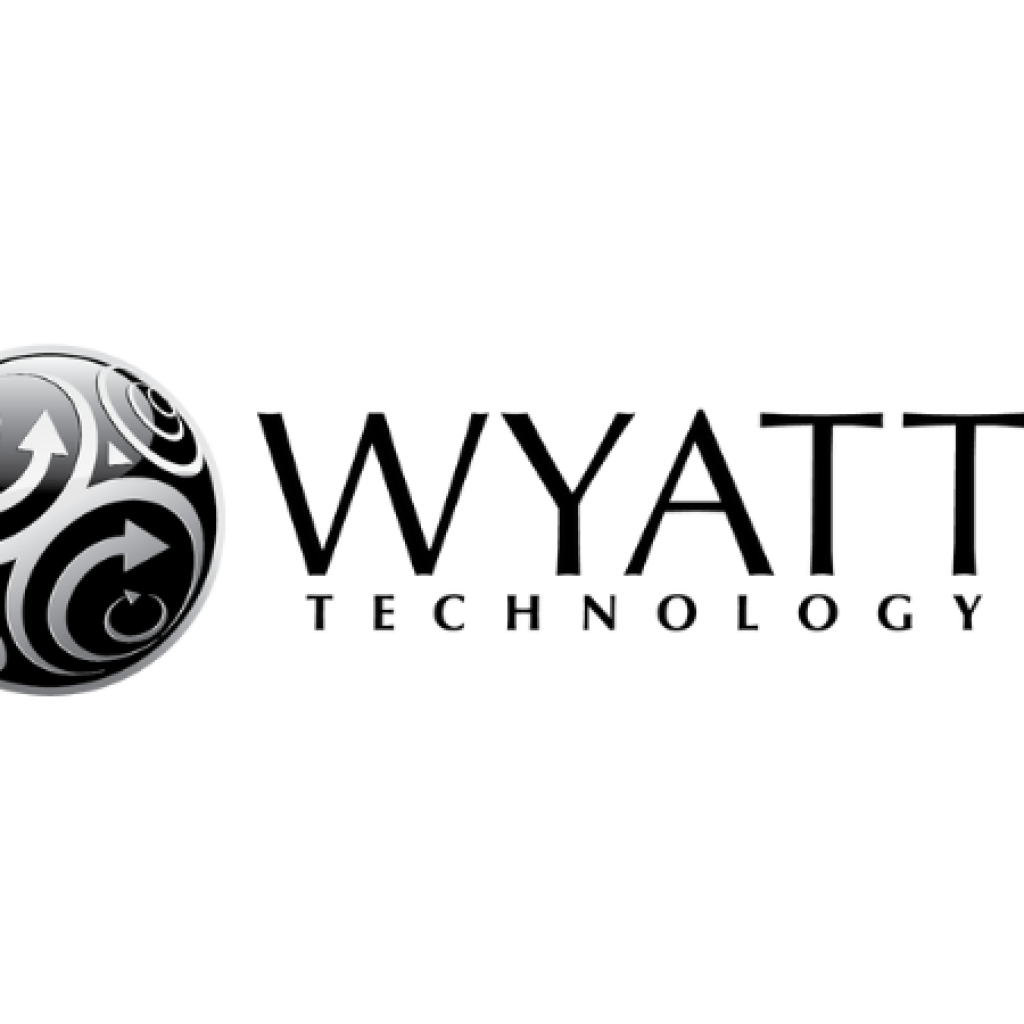
9/19/23 at 1:00pm in CHEMR 401
Event Overview: Multi-angle light scattering (MALS) remains a critical tool for characterization of polymers. In combination with separation by size-exclusion chromatography (SEC), MALS enables determination of molar mass distributions without relying on reference standards, making it invaluable for the analysis of polymers for which such standards do not exist, including novel homopolymers, block copolymers, and […]
9/8/23 at 4:00pm in Chemistry A101
Abstract: Batteries have transformed our daily lives and hold the key to a low carbon future. Yet, current Li-ion chemistries are approaching their theoretical performance limit. Remarkably, we continue to rely on a limited subset of Li-ion battery materials –– most commercial cathodes derive from LiCoO2 developed in 1980 –– that cannot meet our ever-growing need […]

8/25/23 at 4:00pm in Chemistry A101
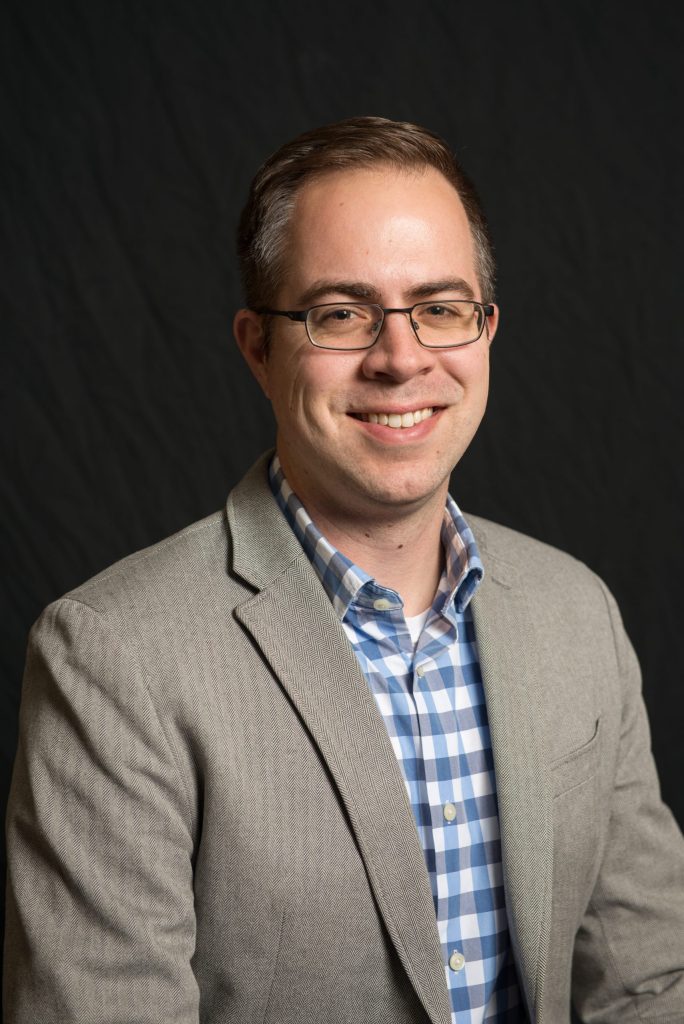
5/30/23 at 4:00 pm in Chemistry, A101
Abstract: My group is a physical inorganic chemistry group devoted to understanding how to control spin (unpaired electrons and magnetic nuclei) with synthetic, molecular inorganic chemistry. Broadly, our efforts are largely fundamental, exploring how different functional groups, counterions, etc, all manipulate magnetic properties, much like a synthetic chemist would tune a molecule to target a desired reactivity. […]
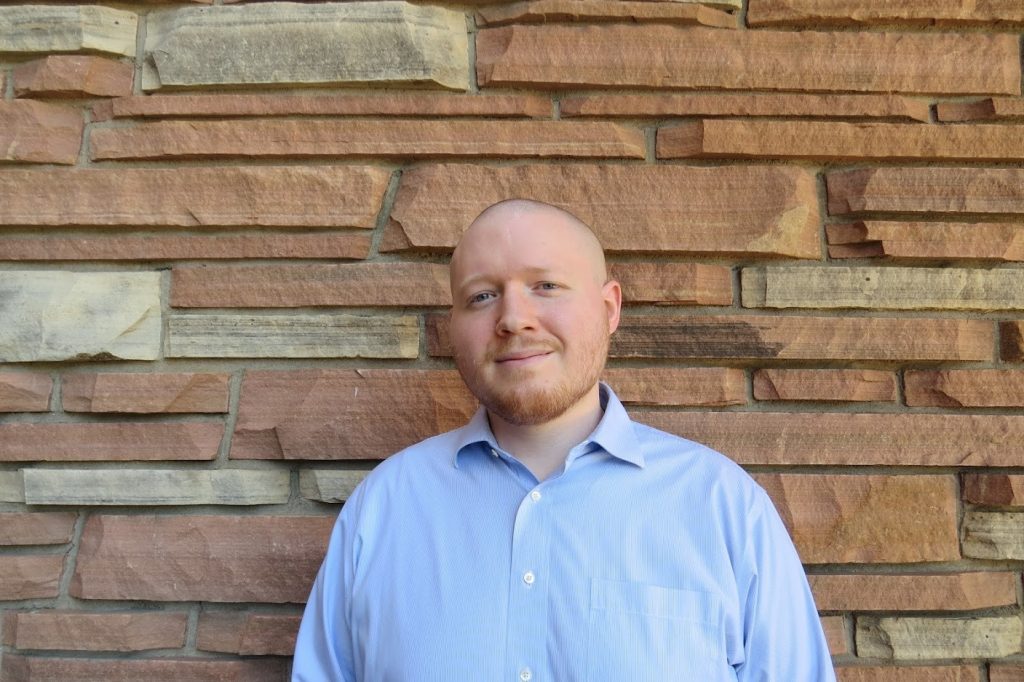
5/5/23 at 4:00pm in Chemistry A101
Research Seminar – Abstract: Cyclic ketene acetals (CKAs) have been used in the synthesis of polyester/polyacrylate copolymers via radical and cationic polymerization since the 1980s. It is a well understood phenomenon that temperature plays a major role in cationic CKA polymerization, with lower temperatures yielding more vinyl addition and higher temperatures favoring ring opening, however, […]
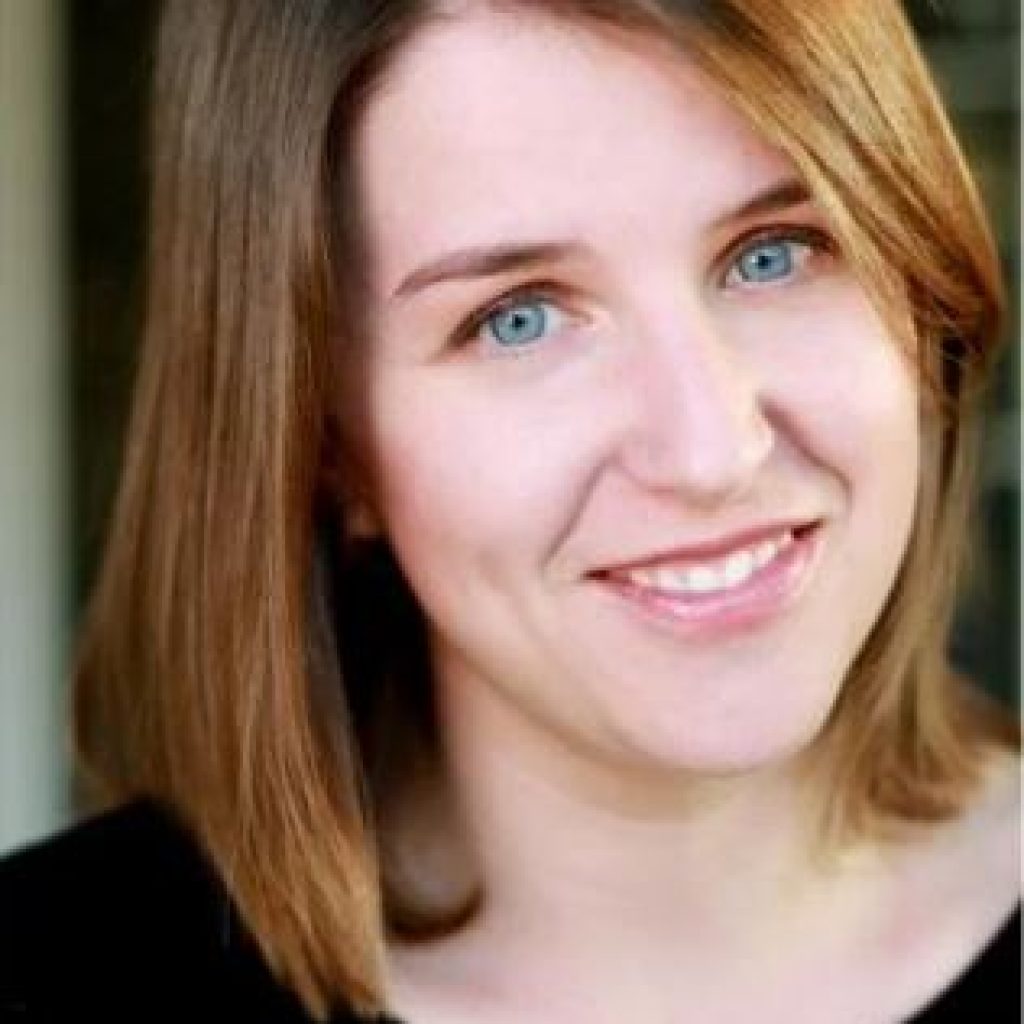
4/28/23 at 4:00pm in Chemistry A101
About the Seminar This talk will introduce the rational design of next-generation redox-active molecules for sustainable use-inspired applications. We describe the synthesis and activity of specially-designed redox organocatalysts for the electrochemically-driven recycling of ester plastics and mechanistic studies on molecular analogues, and demonstrate the first examples of molecularly-catalyzed redox depolymerization reactions. We additionally describe our studies towards sorbents […]
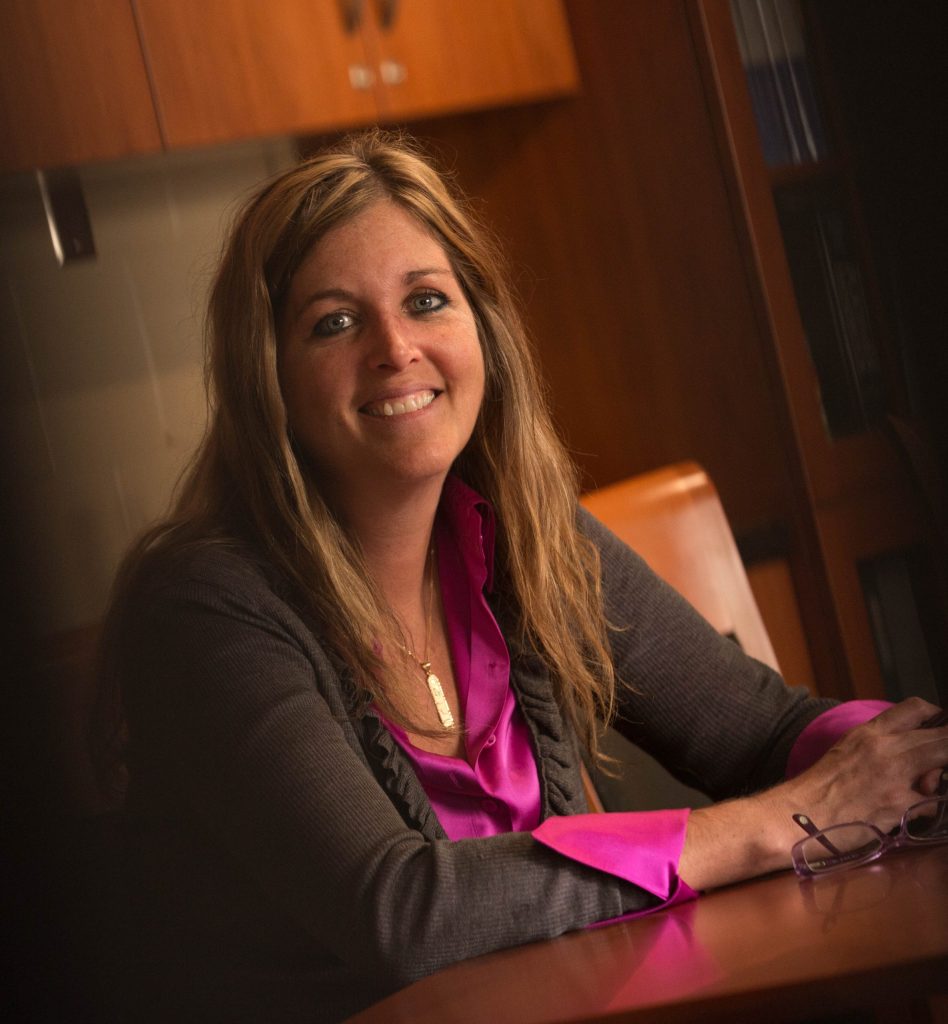
4/17/23 at 4:00pm in Chemistry A101
About the Seminar A primary interest in the Wooley laboratory is the production of functional polymers from renewable sources that are capable of reverting to those natural products once their purpose has been served. A long-standing focus has been the development of synthetic methodologies that transform sugars, amino acids and other natural products into polymer […]

4/7/23 at 4:00pm in Chemistry A101
About the Seminar Porous framework materials, including metal-organic frameworks (MOFs), are highly tunable materials with myriad potential applications ranging from chemical separations to gas storage to catalysis. This is due to the unusual local environment offered by their pores. Herein we will discuss how this tunability can be used to unlock new reactive species relevant […]
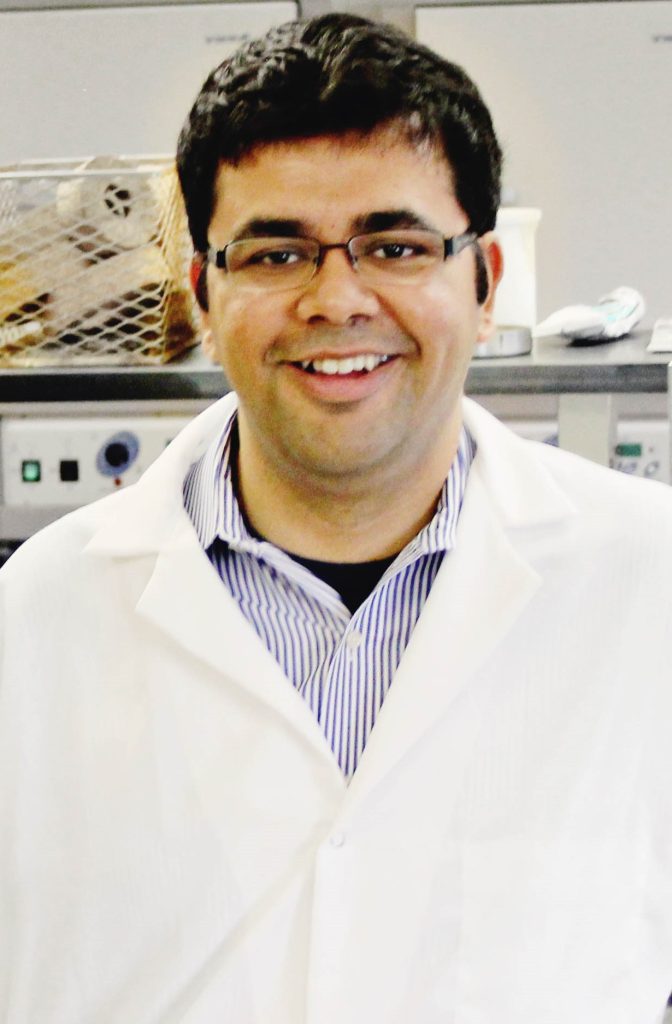
3/31/23 at 4:00pm in Chemistry A101
About the Seminar The design and operation of rechargeable batteries is predicated on orchestrating flows of mass, charge, and energy across multiple interfaces. Understanding such flows requires knowledge of atomistic and mesoscale diffusion pathways and the coupling of ion transport with electron conduction. Using multiple polymorphs of V2O5 as model systems, I will discuss our […]
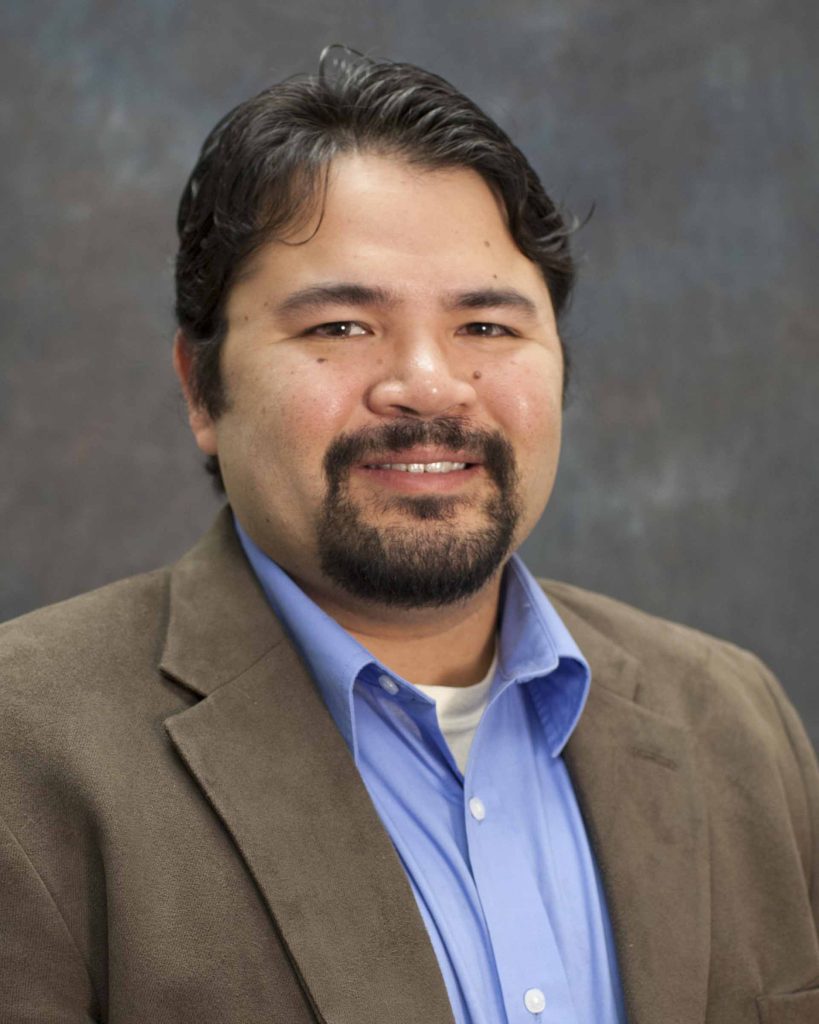
3/24/23 at 4:00pm in Chemistry A101
About the Seminar Established in Ann Arbor, Michigan, in 2008, the Toyota Research Institute of North America (TRINA) mission is through in-house, collaborative and partnership activities in North America, and creates the research foundation for Toyota’s advanced product development. TRINA’s partnerships with societies such as the Electrochemical Society (ECS), American Society of Mechanical Engineers (ASME) […]
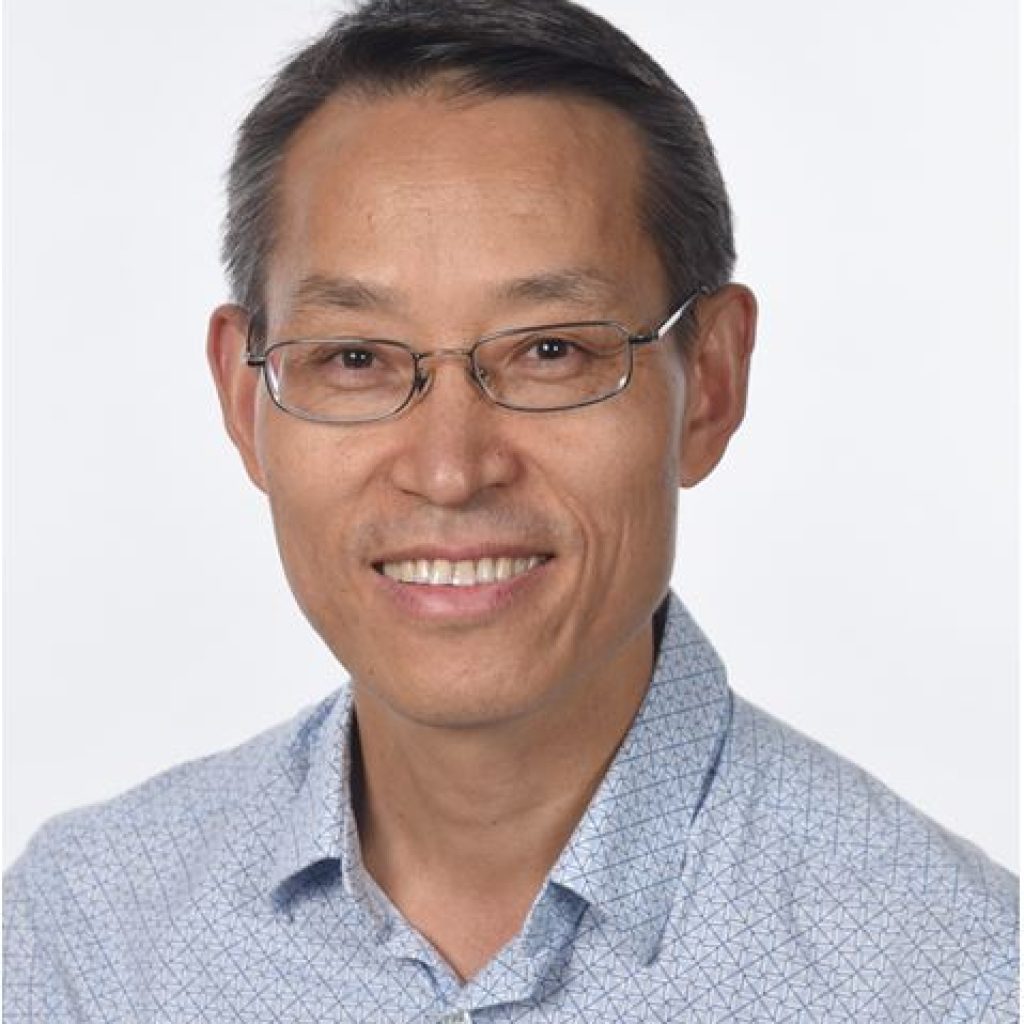
3/6/23 at 4:00pm in Chemistry A101
About the Seminar Many biopolymers not only have advanced mechanical properties such as high modulus, toughness, and elasticity, but more importantly, exhibit dynamic characteristics including adaptive, malleable, and self-healing properties. Following inspirations from the Nature, Guan lab has developed various biomimetic soft materials imbued with active and dynamic properties. In one system, we have designed […]
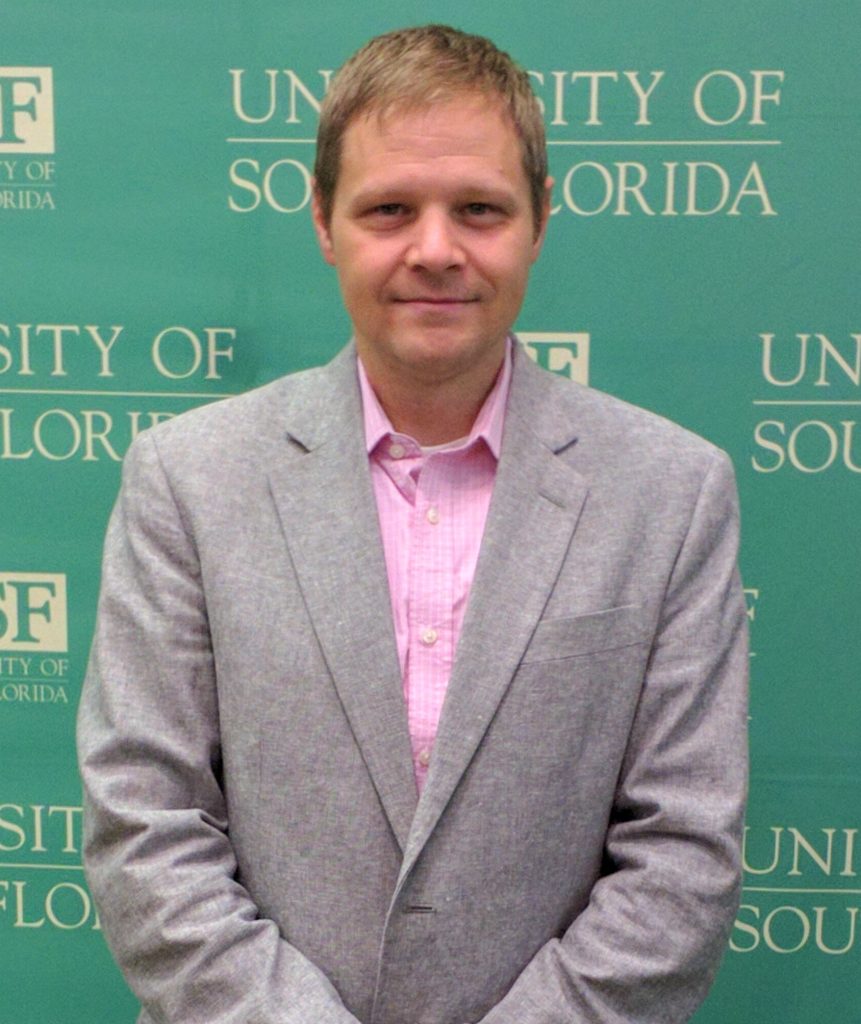
2/17/23 at 4:00pm in Chemistry A101
About the Seminar The use of the most accurate (i.e., QM or QM/MM) levels of theory for free energy simulations (FES) is typically not possible. Primarily, this is because the computational cost associated with the extensive configurational sampling needed for converging FES is prohibitive. To ensure the feasibility of QM-based FES, the “indirect” approach is […]

12/2/22 at 4:00pm in Chemistry A101
About the Seminar Antimony (Sb) based electrodes are a promising anode material for sodium-ion batteries, which are an attractive energy storage system to support grid-level energy storage. These anodes have high thermal stability, good rate performance, and good electronic conductivity, but there are significant limitations to the fundamental understanding of phases present as the material […]

11/11/22 at 4:00pm in Chemistry A101
About the Seminar To address increasing environmental concerns, green and sustainable materials that promise to replace fossil-based separation materials, and reduce waste generation are attracting considerable research attention. On one hand, the monomers need to be reactive to form a highly crosslinked thin film. On the other hand, one of the monomers need to be […]

11/4/22 at 4:00pm in Chemistry A101
About the Seminar To fully utilize renewable energy for energy generation, energy storage is needed to accommodate times when energy generation is inhibited and during peak hours. Rechargeable batteries are projected to accommodate short-term storage needs, and sodium-ion batteries (NIBs) are a promising complimentary technology to lithium-ion batteries (LIBs) due to their low material cost […]

10/14/22 at 4:00pm in Chemistry A101
About the Seminar: Hybrid organic-inorganic perovskites (HOIPs) have shown exceptional advances in photovoltaic applications due in part to their unique defect-tolerant frameworks that enables facile, inexpensive synthetic methods.1 Although their defect tolerance offers robust properties, it also serves as barrier for controllable doping. The low formation energy of intrinsic defects in conjunction with associated dynamic disorder […]
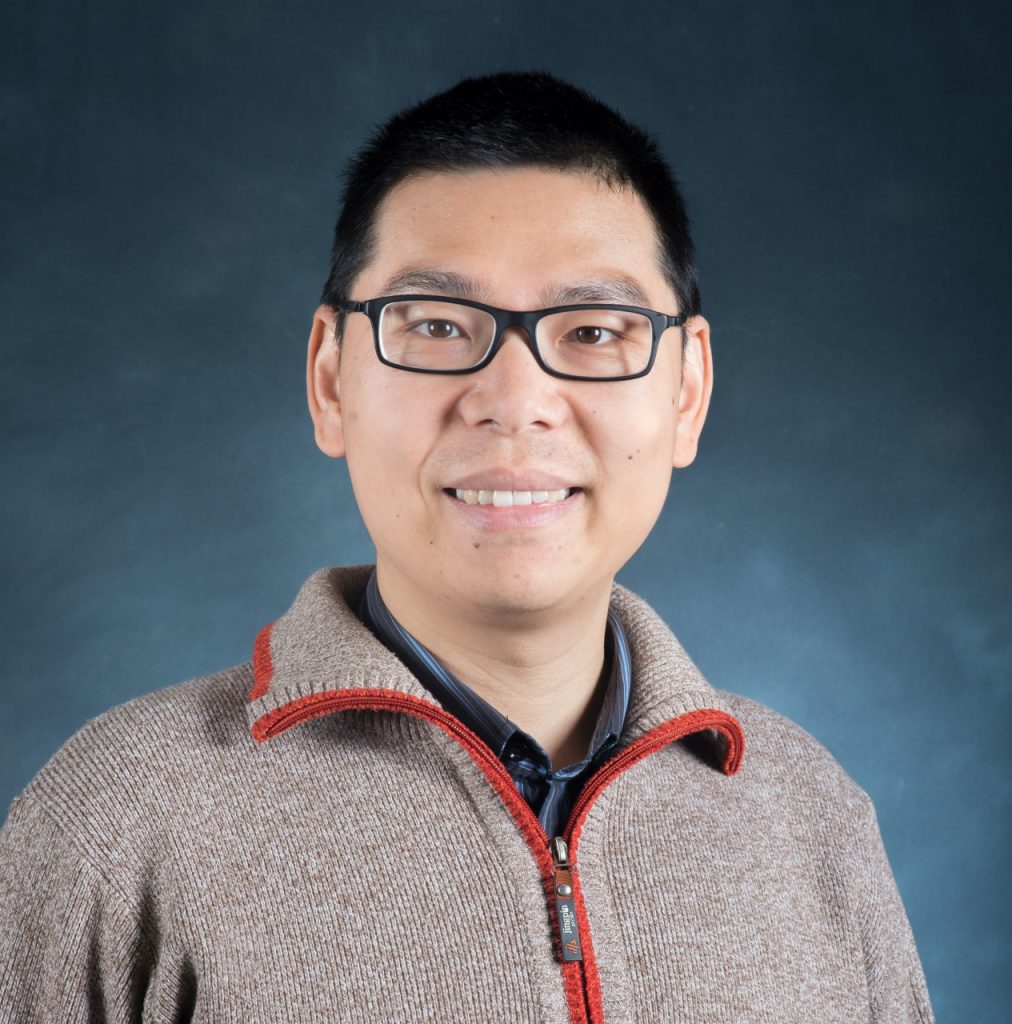
9/2/22 at 4:00 PM in Chemistry A101
Seminar Abstract Macromolecules are ubiquitous in life and in human society. A long-term goal of our research group is to develop novel synthetic macromolecules that are degradable, derived from sustainable resources, possess a circular life cycle, or can serve as functional probes in biological investigations. In this seminar, I will discuss new strategies that enable […]

8/26/22 at 4:00pm in Chemistry A101
Are you a current student who has questions about the Materials Chemistry Program? Are you an incoming first year student who is interested in the materials chemistry program? Join Dr. Sambur for a Materials Chemistry Division meeting on Friday, August 26th at 4 PM in A101. We will discuss the division makeup, course work expectations, […]

4/29/22 at 4:00pm in Chemistry A101
About the Seminar: In the modern world, polymeric materials dominate both commercial and consumer materials. From car tires to drug delivery capsules, the applications of polymers are nearly limitless. As such, there has been significant interest in understanding the structure-property relationships for both theoretical and real polymers. In particular, the effect of chain ends on […]

4/22/22 at 4:00 pm in Chemistry, A101
About the Seminar: Solid-state synthesis is a popular method to explore and produce new functional materials. However, selectively synthesizing a product in solid-state is difficult because the target phase is competing with other chemical composition that are equally or more stable. The key is to selectively form intermediates that direct a reaction towards one product […]

4/8/22 at 4:00 pm in Chemistry A101
About the Seminar: Development of materials that address the growing dichotomy of simultaneously increasing energy demands and carbon emissions is an imperative that has progressively affected energy-related research efforts. An emerging technical avenue in this area is the conversion of vastly abundant renewable energy sources that can be harnessed and directed towards synthesis of traditionally […]
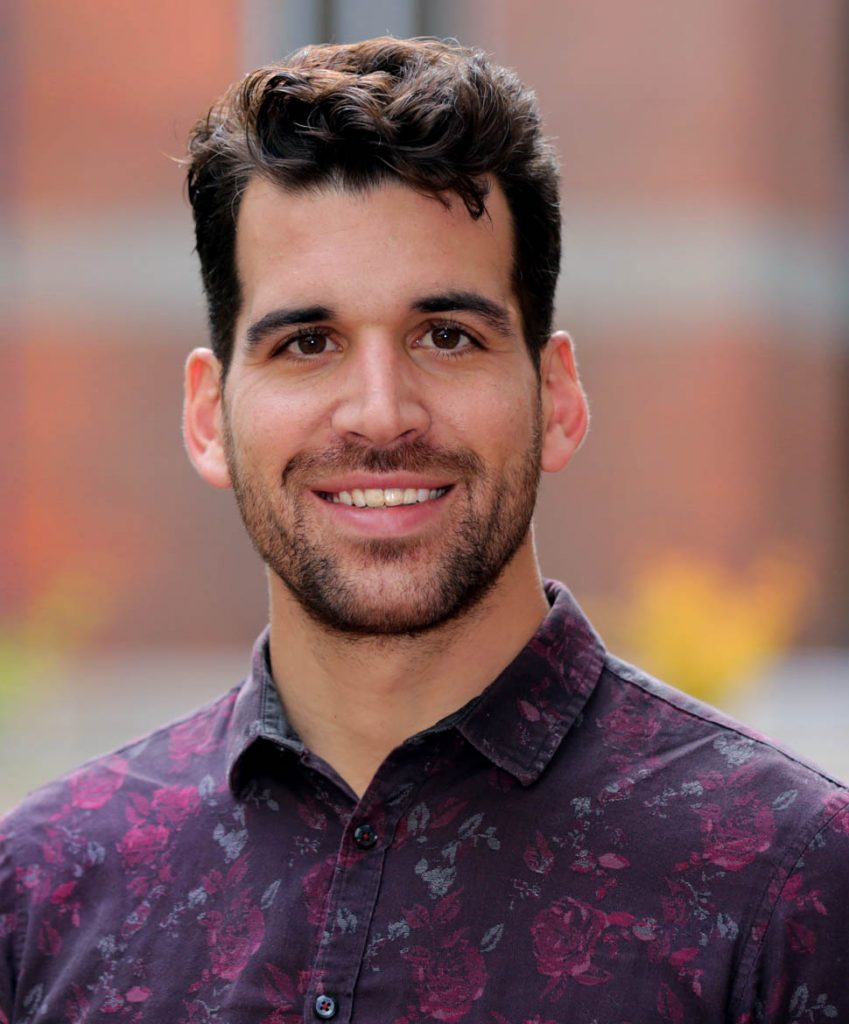
4/4/22 at 4:00 PM in Chemistry A101
About the Seminar: Plastics are the largest synthetic consumer product in the world, with an annual production of over 360 million metric tons annually. Despite the structural diversity enabled by modern advances in polymer synthesis, greater than 60% of world plastic production remains dominated by polyolefins. These high-volume, low-cost engineering thermoplastics are made from a […]
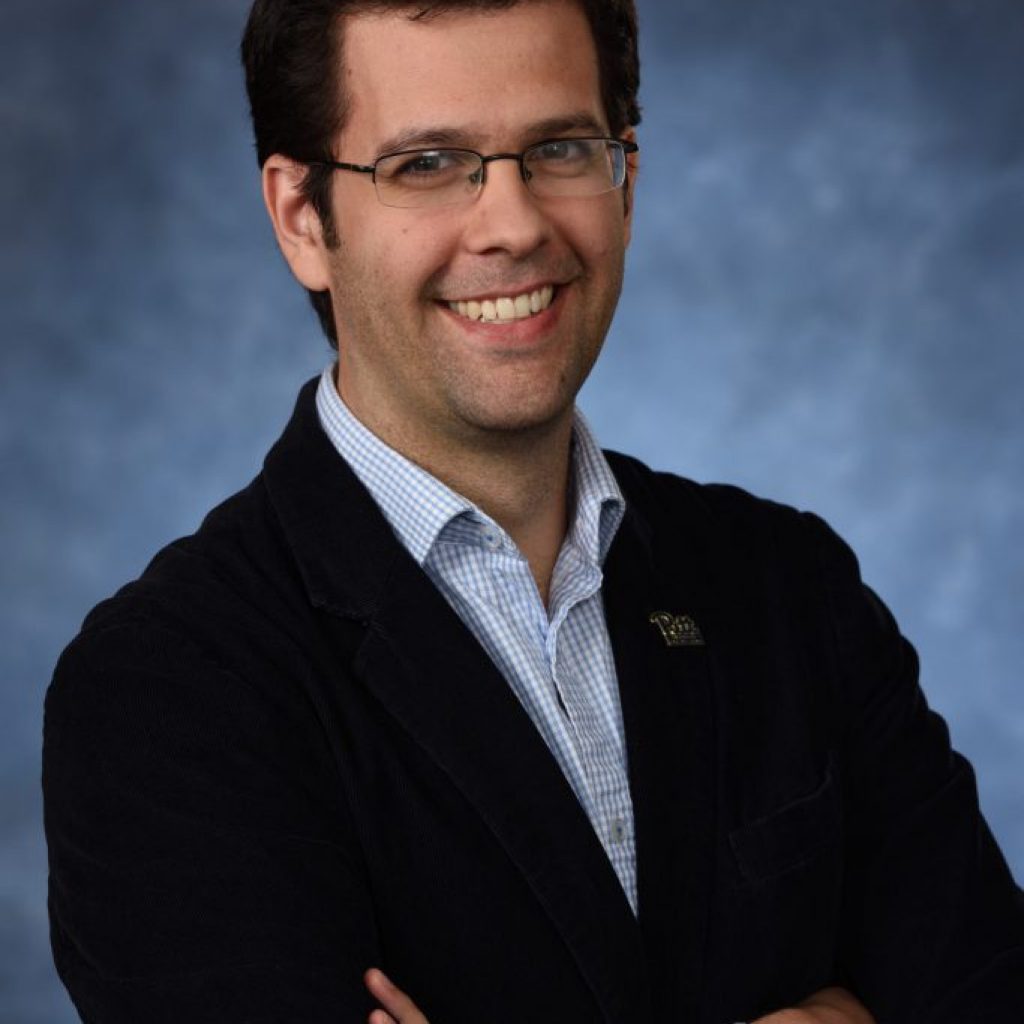
4/1/22 at 4:00 pm in Chemistry, A101
About the Seminar: Our research group uses the principles of electrochemistry and engineering design to advance new technologies for sustainable energy and chemical production. This presentation will summarize ongoing work in our lab directed at developing technologies that use renewable electricity to decarbonize chemical manufacturing. First, I will lay out the enormous challenge of reconfiguring […]

3/25/22 at 4:00 PM in Chemistry A101
About the Seminar: The covalent attachment of polymers has emerged as a powerful strategy for the preparation of multi-functional surfaces. Patterned, surface-grafted polymer brushes provide spatial control over a variety of physical properties and allow for fabrication of ‘intelligent’ substrates which selectively adapt to their environment. This presentation describes recent advances in our group in […]
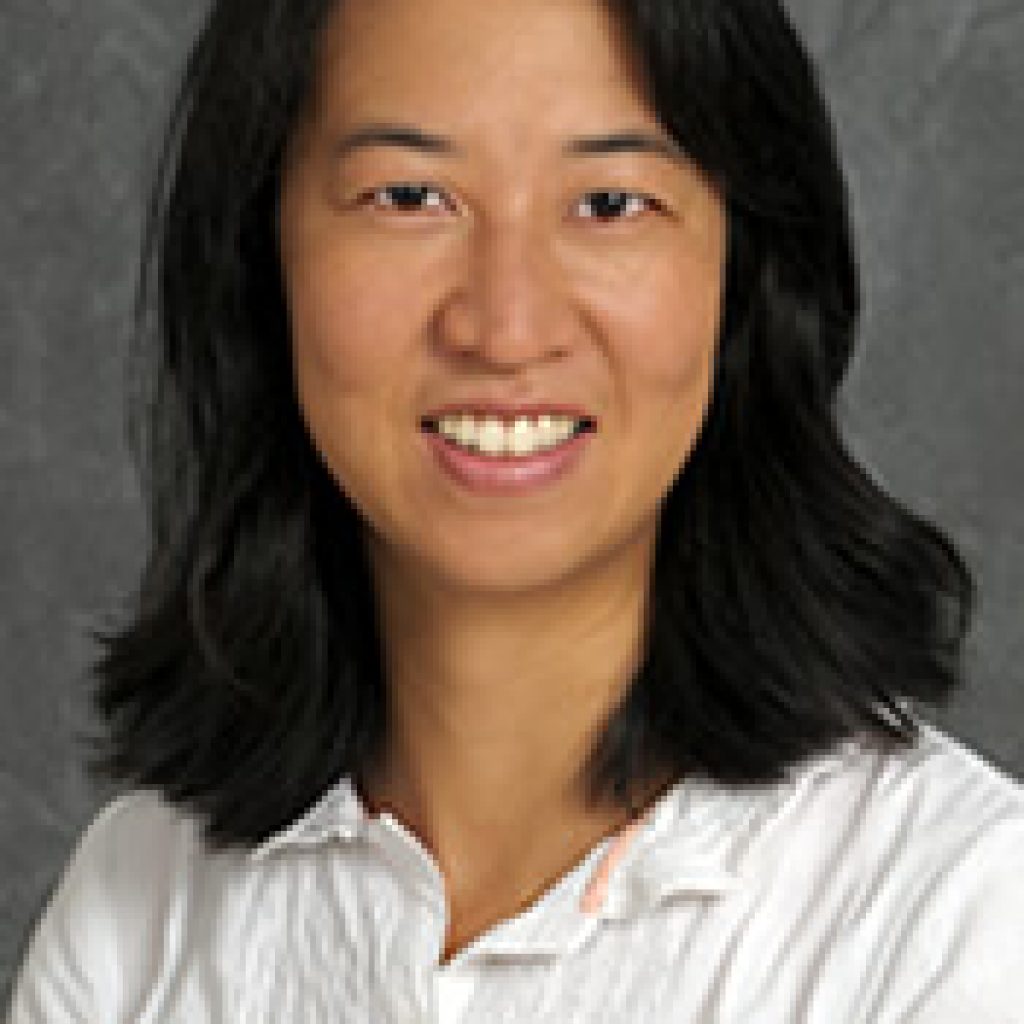
2/25/22 at 4:00 PM in Chemistry, A101
Seminar abstract: This seminar will explore fundamental developments in polymer synthesis, including methods for controlling polymer dispersity and copolymer sequence. Growing evidence indicates that these parameters, dispersity and sequence, profoundly impact polymer material properties, such thermal stability and degradation profiles. Yet, methods for high-resolution control over these parameters are rare, preventing systematic correlation of polymer structure […]
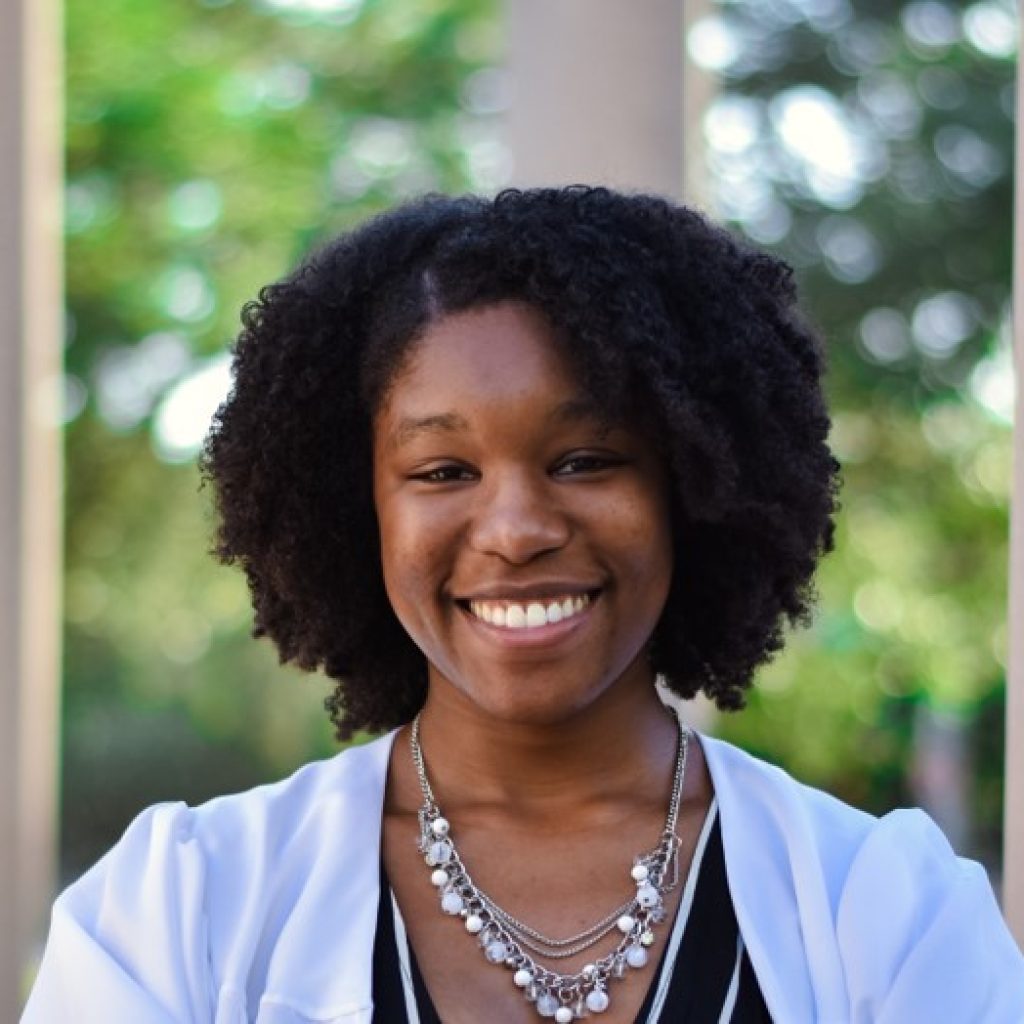
11/5/21 at 4:00 pm in Chemistry A101
Literature Seminar: Per- and polyfluoroalkyl substances (PFAS) have proven themselves to be a formidable contaminant due to their high persistence and their bioaccumulation properties, allowing them to be found both in humans and the environment. With over 4,000 variations of PFAS in existence for numerous industrial applications, it is exceedingly unlikely that these chemicals can […]

11/5/21 at 4:00 pm in Chemistry A101
Literature Seminar: Light emitting devices such as LED displays and white light emitting headlights rely on light emitting materials to function. Solid state emitters are also being investigated for their potential for development of qubits in quantum information science. While hybrid lead halide perovskites are highly tunable and show unique intrinsic white light emission, the […]

10/29/21 at 4:00 PM in Chemistry A101
Literature Seminar: Petroleum derivatives have long served in the production of fuels, materials, and energy. As a fuel source, these derivatives have found to be resourceful in the transportation sector for many decades with respect to flight and on-ground travel. However, the combustion of these fuels leads to the production of gases and particulate matter […]

10/15/21 at 4:00 pm in Chemistry A101
Independent Research Proposal: Transition metal dichalcogenide (TMD) nanoflake thin films are attractive electrode materials for photoelectrochemical (PEC) solar energy conversion and sensing applications, but their photocurrent quantum yields are generally lower than bulk TMD electrodes. In this seminar, I will discuss a single nanoflake photocurrent mapping approach to reveal how doping heterogeneity limits ensemble-level PEC performance. […]

10/1/21 at 4:00 pm in Chemistry, A101
Literature Seminar – Organocatalyzed atom transfer radical polymerization (O-ATRP) is a reversible deactivation radical polymerization method that employs organic photoredox catalysts (PCs) and visible light to produce well-defined polymers. The use of organic PCs allows for polymerizations to occur under mild and energy-efficient conditions without use of rare-earth metals. Understanding the correlation between excited-state photophysical […]

10/1/21 at 4:00 pm in Chemistry, A101
Molecular crosslinks in polymers are added to increase mechanical strength and chemical resistances. Polymers, such as polyolefins, are difficult to install crosslinks as they have low functionality. Current Industry practice uses high energy hydrogen abstraction radical processes that have limited control. I will be presenting on a recent exciting development of a crosslinker capable of […]

9/10/21 at 4:00 pm in Chemistry, A101
Research Seminar: Conventional thermosets, despite their technological significance in today’s materials economy, present a modern sustainability challenge because densely crosslinked network structures preclude recyclability or reprocessability. Emerging covalent adaptable networks (CANs) rely on dynamic bond exchange imbedded within crosslinks to render thermoplastic processability and offer sustainable alternatives to permanently crosslinked materials, but ideal orthogonal working/reprocessing […]

4/30/21 at 4:00 PM in Virtual Seminar
Research Seminar Intrinsic broadband white light emission has been observed in layered hybrid organic-inorganic perovskites with the formula (R-NH3+)PbBr4 and previously correlated to static lattice distortions. The structure and relevant electronic states of the inorganic layer are impacted by choice of the organic spacer cation (R-NH3+). The emission and structural dependence on the organic cation suggest […]
4/23/21 at 4:00 PM in
Research Seminar: Metal-organic framework (MOF) nanosheets are promising materials for applications in heterogeneous catalysis as a greater proportion of their active metal sites are positioned on the exterior surface of the MOF relative to other particle morphologies. Due to these limitations caused by substrate diffusion into MOF pores, my research efforts are focused towards developing […]
4/9/21 at 4:00 PM in
Research Seminar About the Seminar: Organocatalyzed atom transfer radical polymerization (O-ATRP) is a method for producing well defined polymers under mild, metal-free conditions through the use of organic photoredox catalysis. Since the introduction of O-ATRP in 2014, much of the work in this field has focused on advancing this methodology through the development of new […]
4/2/21 at 4:00 PM in
Research Seminar Zoom Link Meeting ID: 955 2650 9962 Passcode: 004276
3/26/21 at 4:00 PM in Virtual Seminar
Literature Seminar Photonic crystals are materials which possess a photonic band gap. When these band gaps are in the visible light regime structural color arises, precluding the need for toxic pigment or dyes to produce color. Structural color is widespread in nature with examples such as opal gemstones, butterfly wings, and responsive camouflage of chameleons. […]
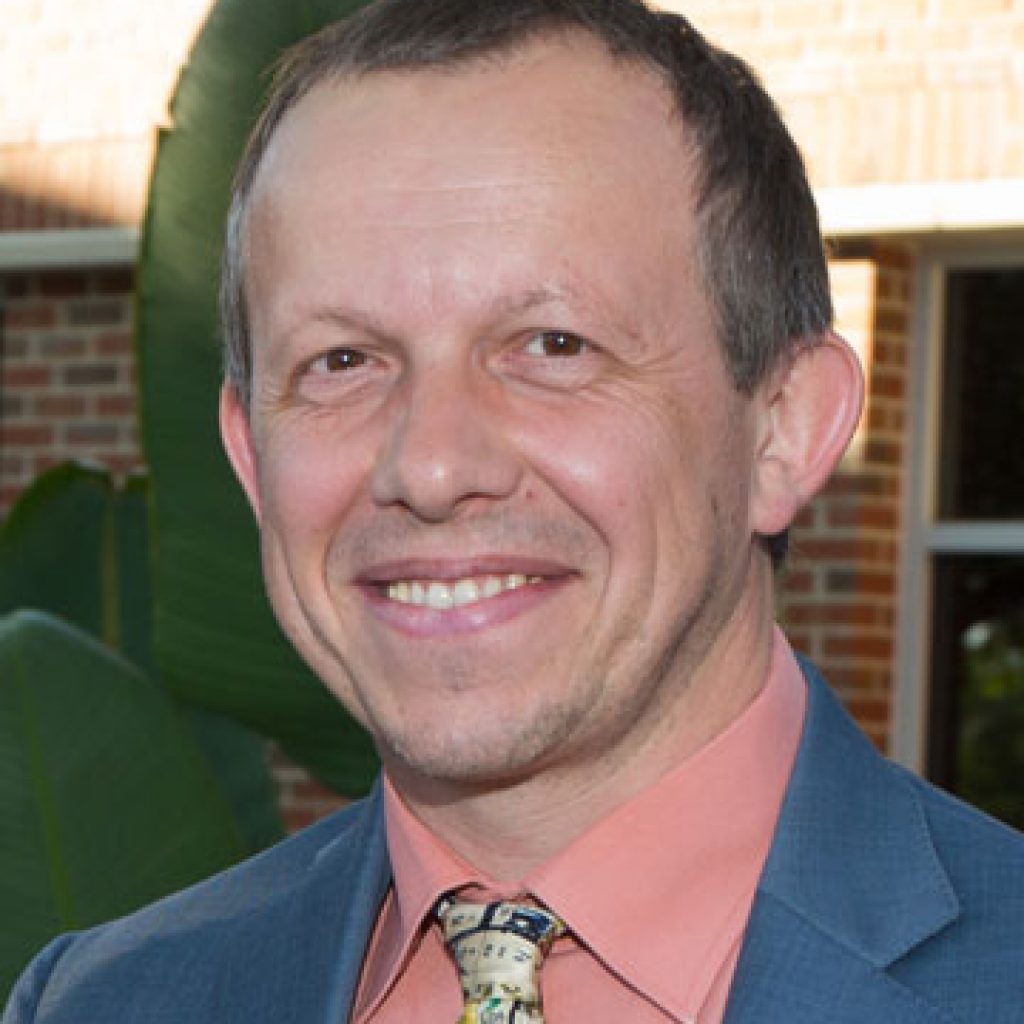
2/5/21 at 4:00 PM in

1/22/21 at 4:00 PM in Virtual Seminar
Literature Seminar Nanoparticles are emerging as a material of interest for photovoltaic applications. Current colloidal synthesis methods use long chain coordinating organic molecules as ligands to passivate the surface. Exchanging these ligands for smaller organic molecules or inorganic compounds is required to improve particle interactions for charge carrier transport. Current literature focuses on binary systems […]
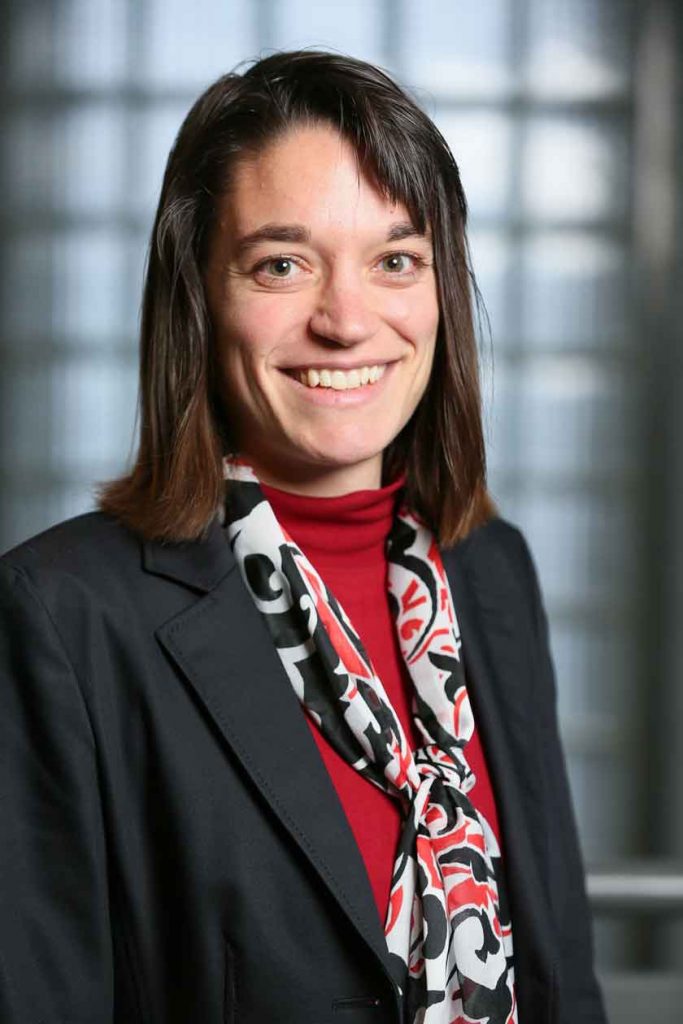
1/14/21 at 9:00 AM in Virtual Seminar
About the Seminar: Nature produces soft materials possessing exceptional mechanical properties. These properties are to a large extent related to the well-defined structures and locally varying compositions of these natural materials. Key to the excellent control nature possesses over the structure and local composition of its materials is their fabrication: Many of these materials are […]
10/16/20 at 4:00 PM in Virtual Research Seminar
Coinage metal-thiolate assemblies exemplify hierarchical structure and structure-property relationships. They comprise structurally weak hydrogels of stacked sheets. Inclusion of an anti-solvent in synthesis of these materials fundamentally changes their structure, resulting instead in colloidal amorphous metal complexes. The colloids undergo a hydration-dependent and reversible sol-gel transition. Because the colloids are flexible, they morph in the […]
8/28/20 at 4:00 PM in Virtual seminar
Join Zoom Meeting https://zoom.us/j/92396827077?pwd=ZHMrSU5ZNFgwSklQZlJ6VFlCMEVTdz09 Meeting ID: 923 9682 7077 Passcode: 625136 Join by SIP 92396827077@zoomcrc.com

3/13/20 at 4:00 PM in Chemistry A101
Literature Seminar Transition metal dichalcogenides (TMDs), due to their unique optoelectrical properties, have been studied for decades. These van der Waals semiconductors are stable under electrochemical conditions while having a desirable band gap suitable for absorbing a wide range of solar wavelengths without wasting much energy as seen in solar energy conversion devices. Mechanical exfoliation […]

2/28/20 at 4:00 PM in Chemistry A101
Research Seminar Abstract Solution-based synthetic methods are promising routes for making nanoparticles with applications in a wide variety of fields, including photovoltaics, thermoelectrics, and for LED’s. Investigating the pathway and mechanism of these reactions leads to better synthesis rational and the ability to tune and improve fundamental structure/property relationships, leading to better device performance. The […]

2/14/20 at 4:00 PM in Chemistry A101
Research Seminar: Block copolymers are well-known for their ability to form nanostructures through microphase separation. These nanostructures provide useful and novel mechanical properties to materials ranging from rubber tires to biomedical devices. Formation of the core-shell sphere morphology by ABC triblock copolymers is being studied to create a fracture and fatigue resistant hydrogel. While AB […]
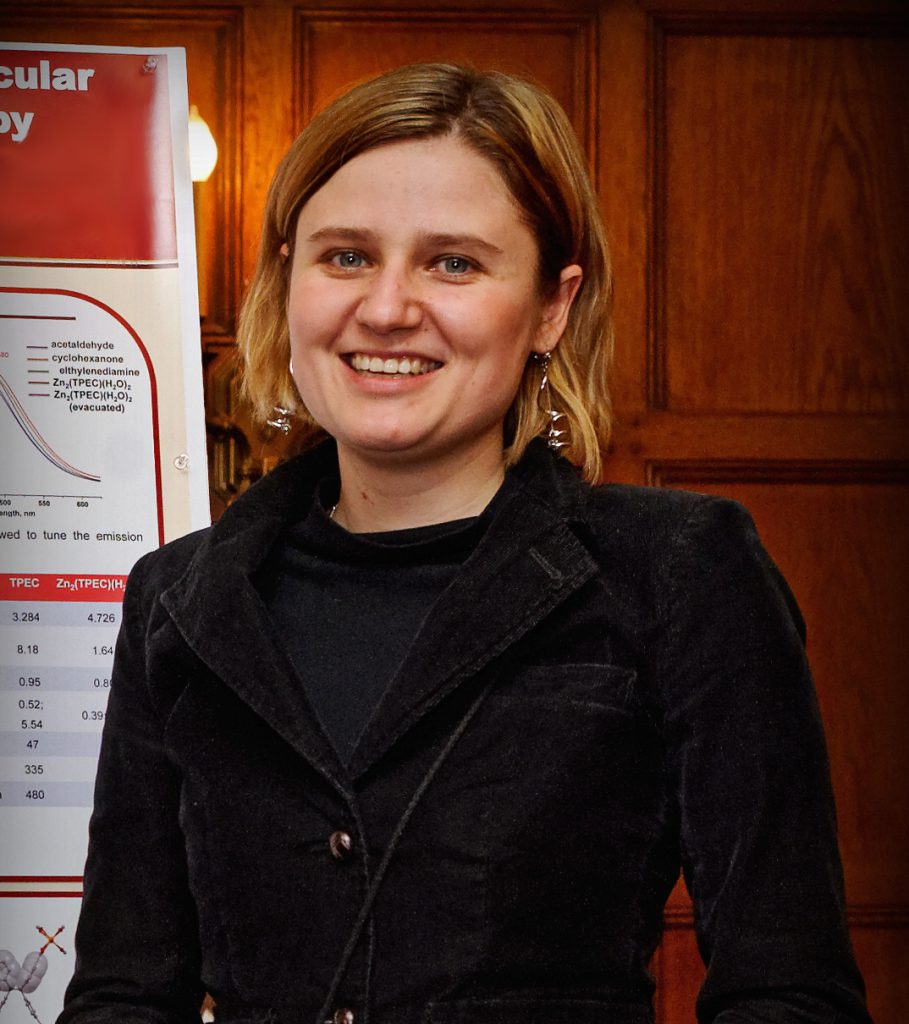
1/31/20 at 4:00 PM in Chemistry A101
About the Seminar: The study of energy transfer (ET) processes is a cornerstone of modern physical and inorganic chemistry, which is driven by growing demand in efficient energy transfer and conversion, necessary to build a sustainable energy society independent from fossil fuels. Specifically, materials with a predesigned pathway for ET can address the urgent needs […]
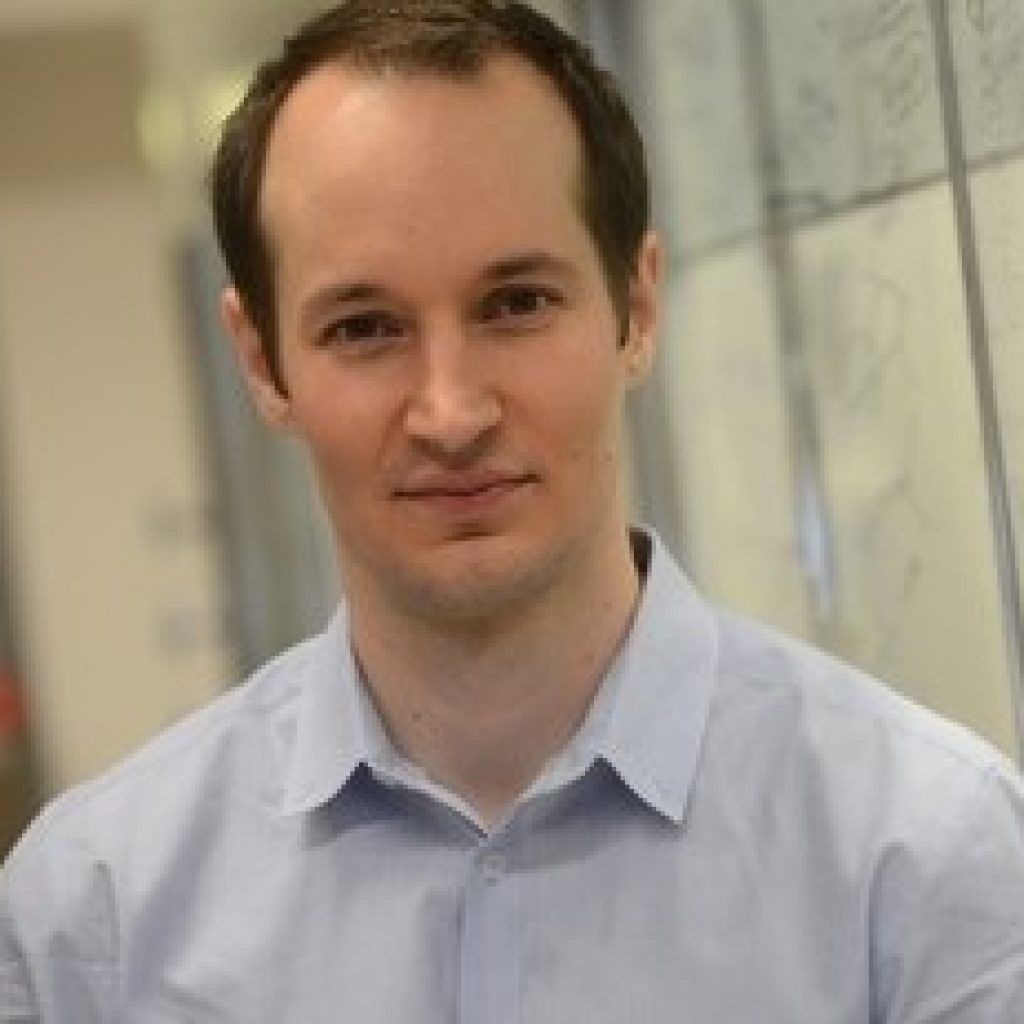
1/24/20 at 4:00 PM in Chemistry A101
About the Seminar: The programmed assembly of nanoscale building blocks offers exciting new avenues to create materials in which structure and functions can be chemically designed and tuned. In this context, the synthesis of inorganic molecular clusters with atomically defined structures, compositions and surface chemistry provides a rich family of functional building elements. This presentation […]

12/4/20 at 4:00 PM in Virtual Research Seminar
Research Seminar Nanomaterials have tremendous potential to improve the performance of devices that store energy or reduce energy consumption. However, it is unknown how particle heterogeneity and particle-particle interactions affect overall device performance. In order to address this problem, the fundamental properties of individual nanoparticles must be better understood. In this talk, I will discuss […]
11/13/20 at 4:00 PM in Virtual Literature Seminar
Literature Seminar The well-known plastic waste dilemma is largely contributed to by the inability to recycle thermoset polymers. Though these permanent polymer networks exhibit robust material properties such as strong chemical and thermal resistance, the shortcomings are their recyclability. Unlike non-permanent polymer networks, permanent networks cannot be recycled into products of any value. Efforts to […]
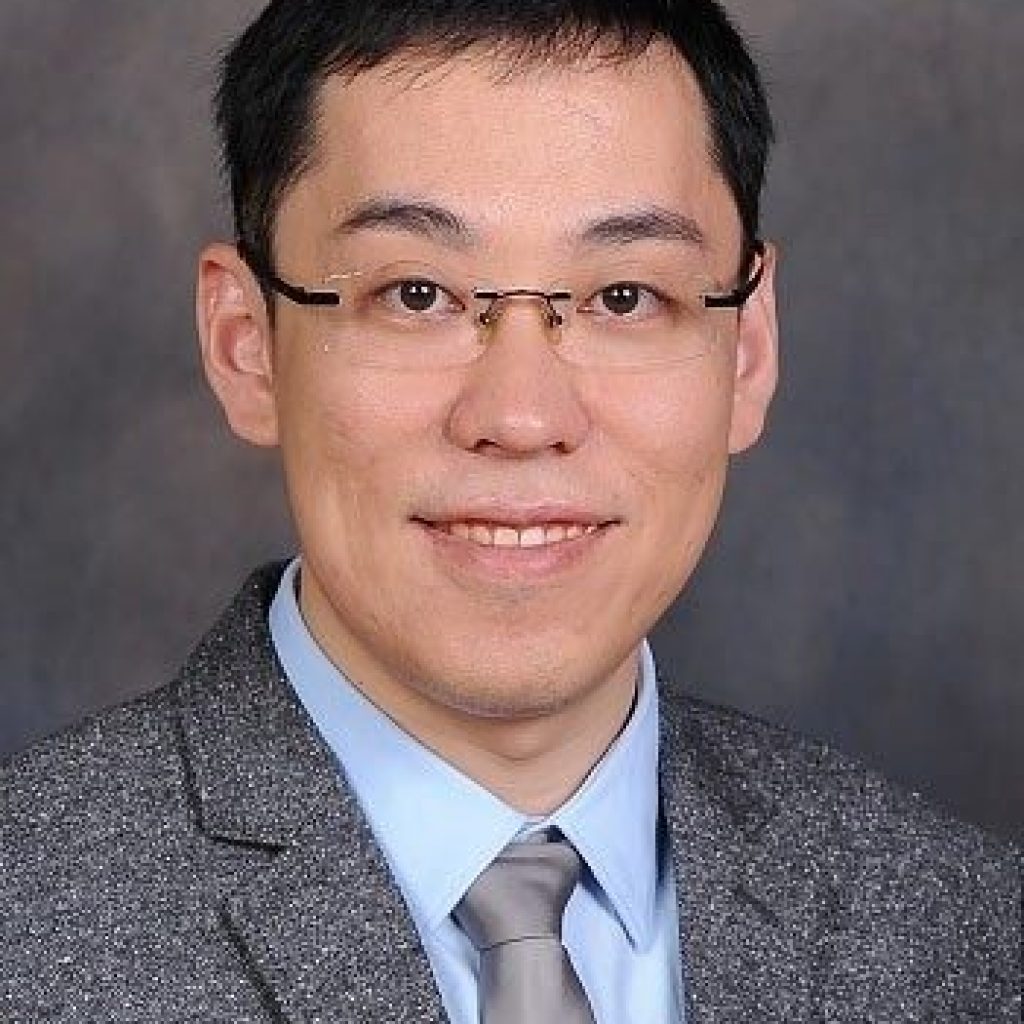
11/6/20 at 2:00 PM in Virtual Seminar
Polymers are all around us – from our daily use to biopolymers and therapeutics. Inspired by recent advances in chemistry, molecular pharmaceutics and biotechnology, on-demand and triggerable “smart” systems offers opportunities from precisely synthesis of polymers to delivering drugs in dose-, spatial- and temporal- controlled manners. This seminar will mainly discuss our ongoing efforts in […]

11/8/19 at 4:00 PM in Chemistry A101
Literature Seminar The development of new functional materials is essential to the progression of our technology. The syntheses for materials with desired properties are necessary but challenging to control. As an example, rare earth metal molybdenum oxides are a chemical group that offer a variety of physical properties as the molybdenum ion can accommodate different […]
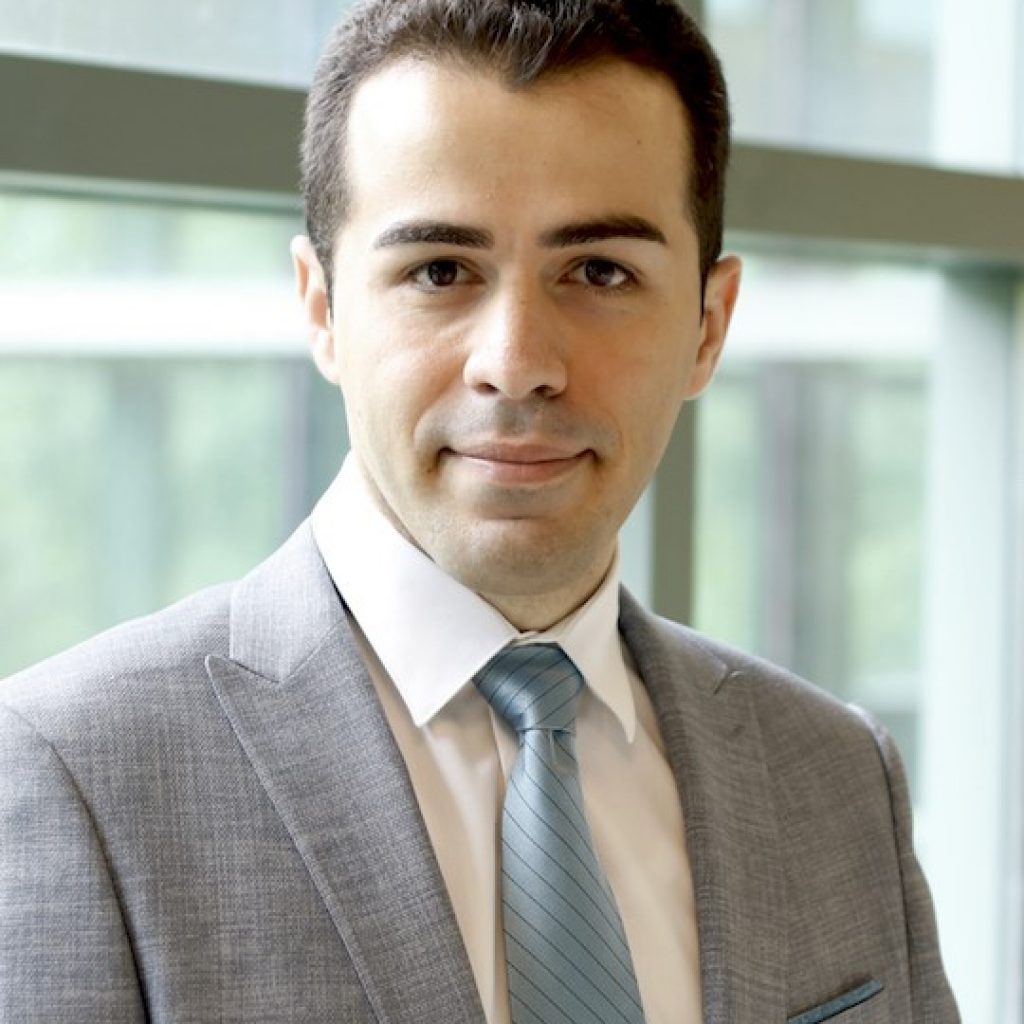
10/18/19 at 4:00 PM in Chemistry A101
About the Seminar: The superior thermochemical stability and mechanical performance of thermoset polymers and their composites has facilitated widespread adoption of these materials in aerospace, automotive, marine, and energy sectors. The curing process of thermosets often requires heating the resin for several hours at elevated temperatures (ca. 180 °C) in large ovens or autoclaves, leading […]

10/11/19 at 4:00 PM in Chemistry A101
Literature Seminar: Recent advances in electrified technology, such as electric cars, are requiring more energy dense storage. To satisfy this need, many investigations are focused on discovering new types of cathode and anode materials for batteries. To elucidate advantageous properties of these new electrode materials, common electrochemical methods and structural characterization techniques, such as galvanostatic […]
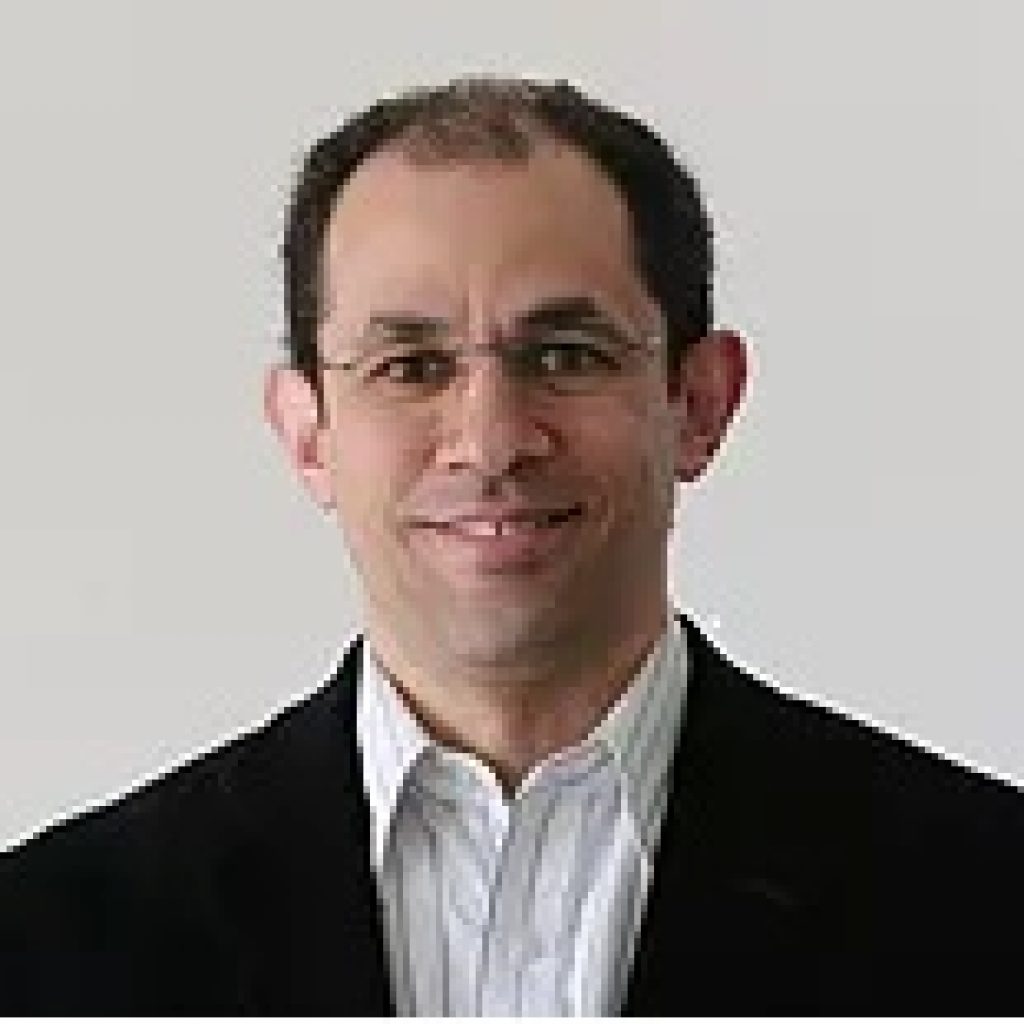
9/6/19 at 4:00 pm in Chemistry A101
About the Seminar: Nanoparticles are becoming the enabling building blocks of materials for many applications including fuel cells, biosensors, batteries, photovoltaics, and catalysts. The nanoparticles’ size/shape and their distributions are often key to their specific, desired properties. Colloidal synthesis is one of the most tunable methods (using a variety of ligands and reaction conditions) to […]

9/5/19 at 4:00 PM in Chemistry A101
About the Seminar: The Palermo laboratory at Rensselaer Polytechnic Institute focuses on advanced functional polymer synthesis, with an emphasis on molecular-level biomimicry. We seek to develop next-generation biomaterials with unprecedented control of structure, property, and activity. In this talk, I will highlight three main thrust areas. (1) Firstly, we examine self-immolative polymers, which are reversibly […]
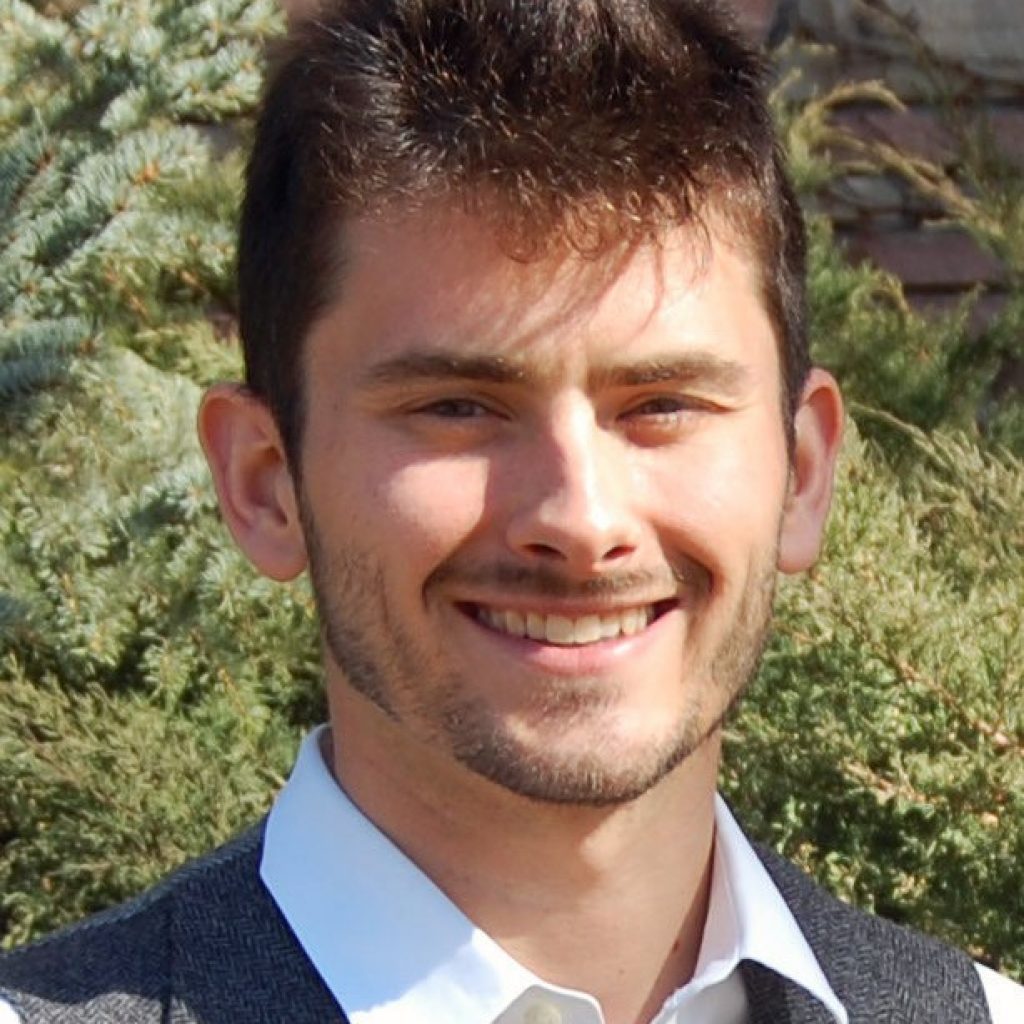
8/30/19 at 4:00 PM in Chemistry A101

5/3/19 at 4:00 pm in Chemistry A101
Research Seminar Abstract The discovery of functional complex oxides requires the development of new low-temperature syntheses that can selectively form a desired material. Low-temperature solid-state reactions provide conditions that allow for kinetic control of the reaction pathway, which can lead to the discovery of new materials, or synthesis of materials that lie away from thermodynamic […]

4/26/19 at 4:00 PM in Chemistry A101
Research Seminar Abstract Ternary copper-based semiconductor nanoparticles (NPs) have emerged as promising materials for photovoltaic absorbers because they are composed of nontoxic, earth-abundant elements and potentially offer tunability of optoelectronic properties. The compound copper selenophosphate, Cu3PSe4, is often overlooked but is of interest as a p-type absorber, motivated by theory predicting a competitive efficiency of […]
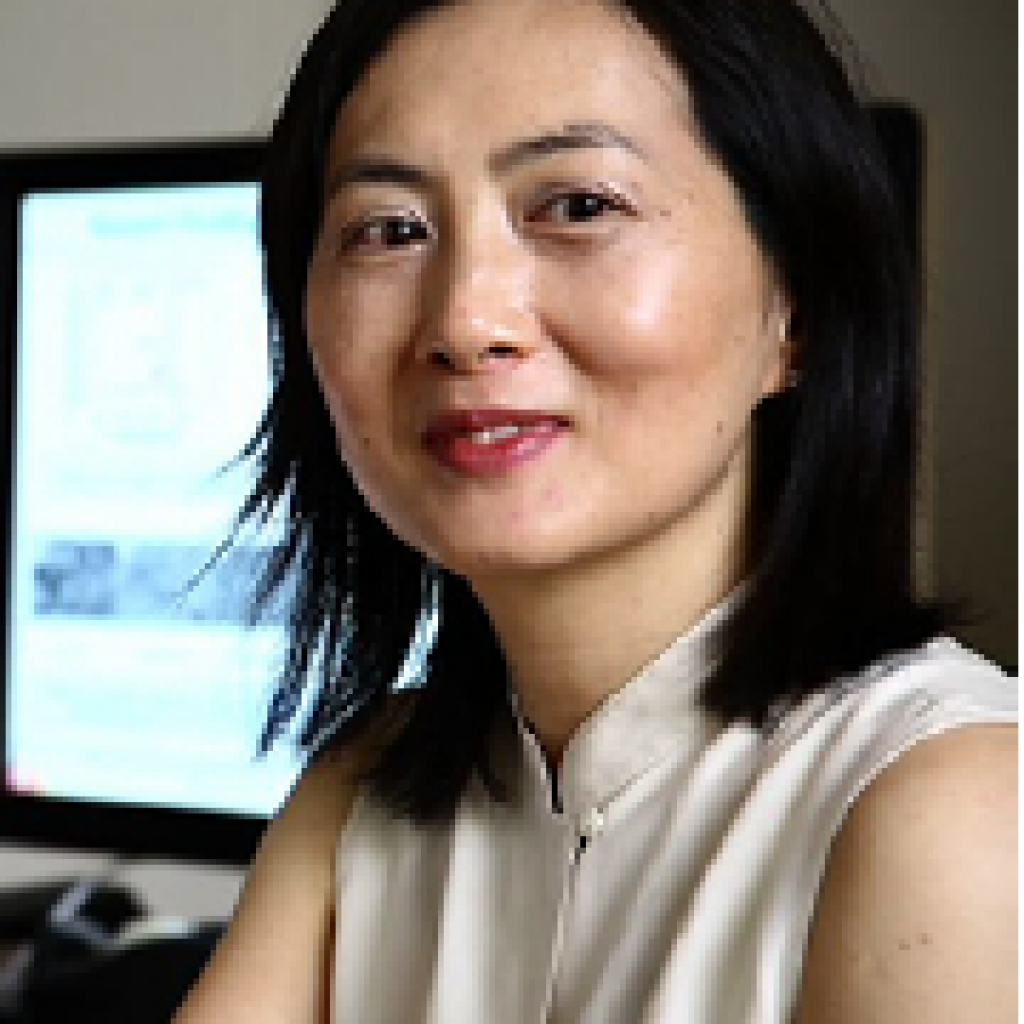
4/19/19 at 4:00 pm in Chemistry A101
About the Seminar Electrochemistry is used widely today, spanning from production of hydrogen and metals such as aluminum and Li-ion batteries. We will discuss current and future opportunities in using electrochemistry to power cars and buildings, and to make chemicals and fuels with energy from the Sun. Research towards establishing design principles in controlling reaction […]

4/12/19 at 4:00 pm in Chemistry A101
Research Seminar Abstract Condensed phase matter in the atmosphere perturbs the earth’s radiative balance, impacts climate, adversely affects human and biological health, degrades visibility, affects cloud formation, and alters atmospheric chemistry. The residence time of condensed phase matter in the atmosphere is a function of its sources and sinks. Black carbon (BC) is one form […]

4/5/19 at 4:00 pm in Chemistry A101
Research Seminar Abstract The ν(OH) peaks in solid-state FTIR spectra of compounds with OH groups or H2O molecules undergo significant changes when the OH group(s) participate in hydrogen bonding. Typical changes are (i) red shifts of the peak position(s) by up to hundreds of cm−1, (ii) broadening of the peak(s) by up to hundreds of […]

3/29/19 at 4:00 pm in Chemistry A101
Research Seminar Abstract Substituting the graphite in today’s commercial Li-ion batteries with high capacity anode materials such as antimony (Sb) could increase the energy stored in such a cell. However, the high capacity of Sb results in large volume changes of the anode during discharge/recharge cycles that mechanically degrade the anode, ultimately causing the cell […]

3/22/19 at 4:00 pm in Chemistry A101
Research Seminar Abstract Photonic crystals (PC) are periodic nanostructures engineered in nature to reflect different wavelengths of light for camouflage, signaling, photosynthesis, and heat control. These natural photonic crystals can be mimicked through the self-assembly of block copolymers (BCPs). The challenge of BCP self-assembly to photonic crystals is that chain entanglement often impedes the self-assembly […]

3/15/19 at 4:00 pm in Chemistry A101
Research Seminar Abstract Photoinduced organocatalyzed atom transfer radical polymerization (O-ATRP) is a new polymerization methodology that relies on excitation of a photocatalyst to operate an oxidative quenching photoredox catalytic cycle and produce well-defined polymers. Central to the development of O-ATRP has been the design and study of strongly reducing organic photocatalysts, particularly in the context […]

3/12/19 at 4:00 PM in Chemistry A101
About the Seminar The AMX3 (A = Cs, Rb, CH3NH3; M = Pb, Sn, Ge; X = I, Br, Cl) halide perovskites have drawn a tremendous amount of attention in recent years. Their electrical and optical properties are comparable to conventional compound semiconductors, which makes them potentially suitable for many applications, including solar cells where power […]

3/1/19 at 4:00 PM in Chemistry A101
Research Seminar Abstract Atom transfer radical polymerization (ATRP), one of the most commonly used controlled radical polymerization techniques, enables facile synthesis of precision polymers using commercially available starting materials. More recently, the application of external stimuli to control ATRP has been investigated. For example, photoredox catalyzed variants of ATRP have been explored using Ru- and […]

2/22/19 at 4:00 PM in Chemistry A101
Research Seminar Abstract Reduction of Brownian thermal noise due to mechanical loss in high-reflectivity mirror coatings is critical for improving the sensitivity of future gravitational wave detectors. In these mirrors, the mechanical loss at room temperature is dominated by the high refractive index component, amorphous tantala (Ta2O5). Our work investigates solutions to decrease the coating’s […]
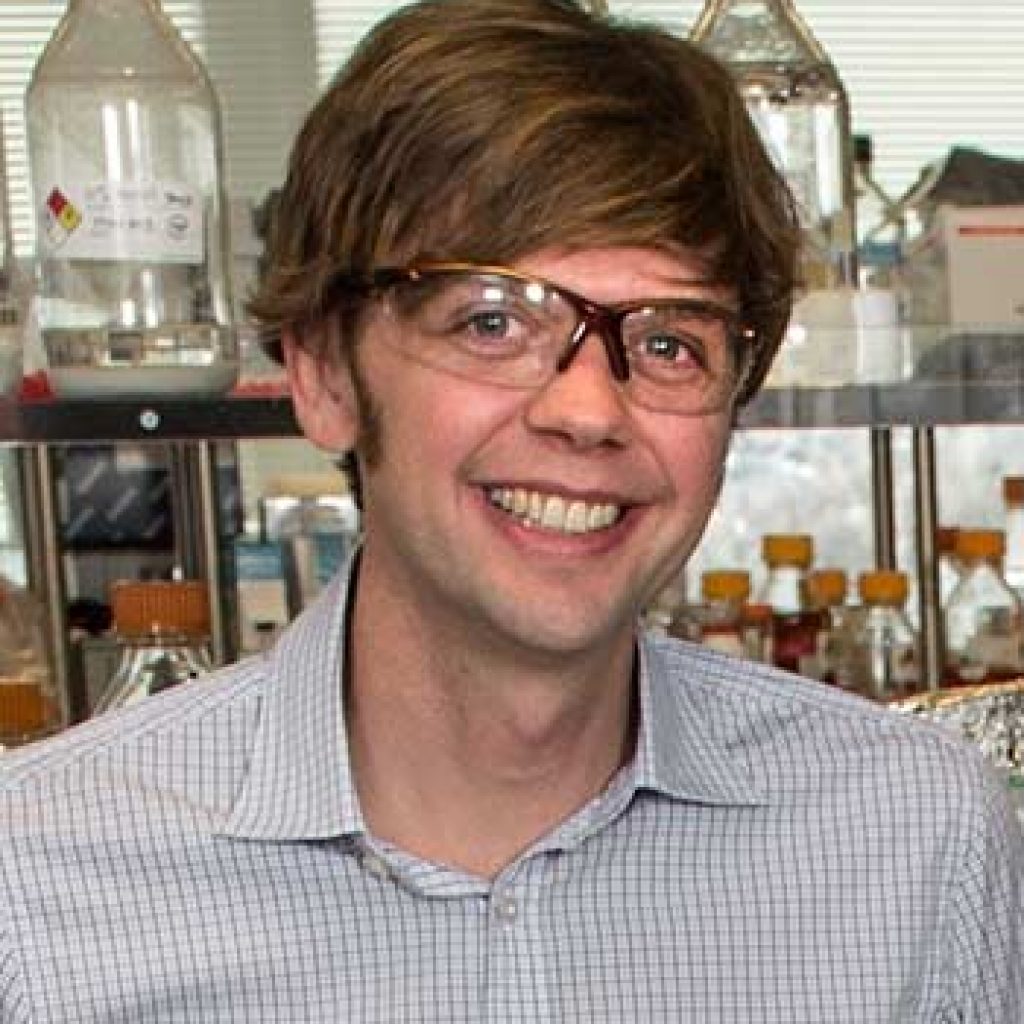
2/15/19 at 12:00 PM in Chemistry A103
About the Seminar: Enzyme catalysts that operate at a solid surface are critical in carbon cycling in the biosphere. For several years, we have been investigating the mechanisms of cellulose degradation by cellulase enzymes, and the first half of this talk will cover mechanistic investigations of processive enzymes that are able to bind to, depolymerize, […]
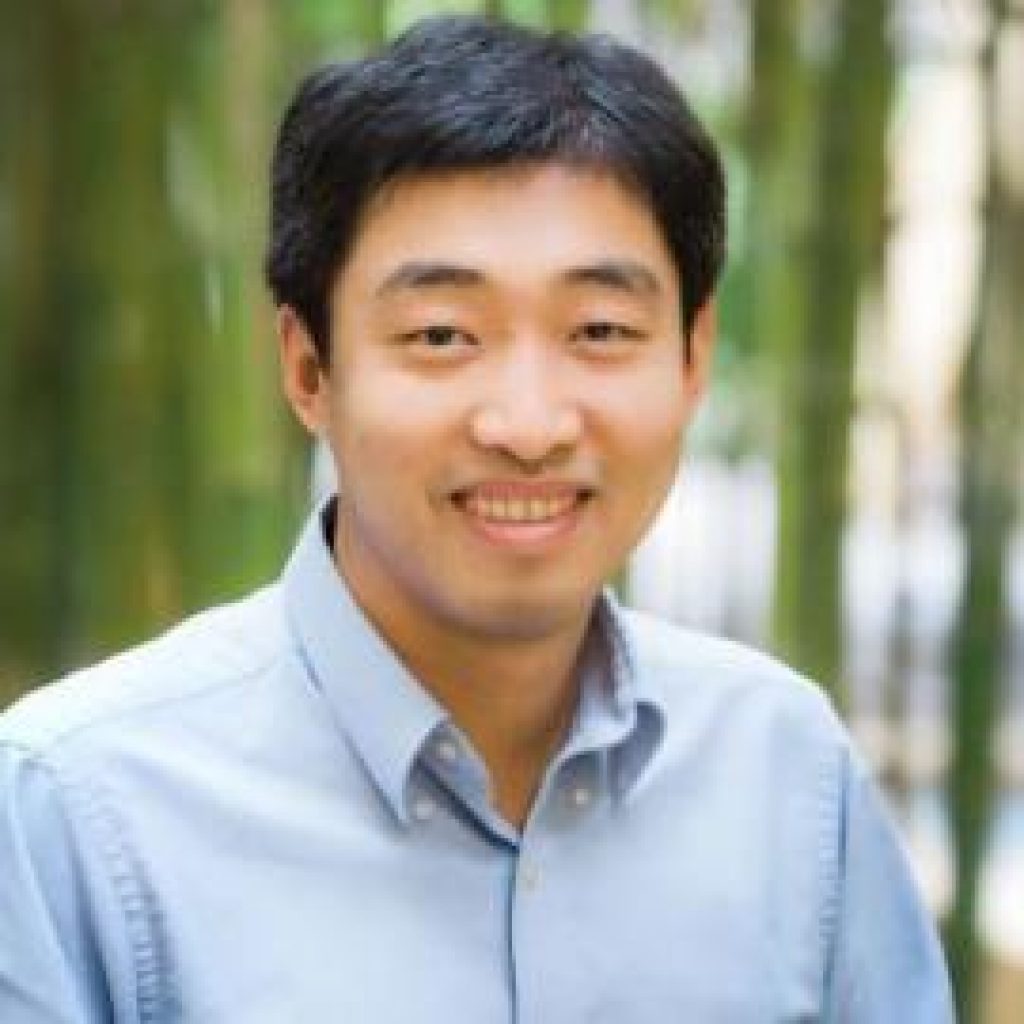
2/8/19 at 4:00 PM in Chemistry A101
About the Seminar: Our interest in utilizing and incorporating strained rings in ladder-shaped molecular structures led to the development of unusual organic materials. We developed Catalytic Arene-Norbornene AnnuLation (CANAL) to synthesize rigid ladder polymers from readily available norbornenes and aryl bromides. Efficient CANAL polymerization produced rigid ladder polymers with molecular weights up to 1 MDa, […]

2/1/19 at 4:00 PM in Chemistry A101
Research Seminar Abstract Roughly 300 million tons of plastic enters the global economy each year. Each of these serve specific, property-based purposes in commodity materials. Most of these commercial plastics are composed of more than one polymer, adding complexity of post-consumer separation. Minimizing the material diversity in our economy is crucial, as recycling these multi-polymeric materials is costly and time inefficient when […]

1/25/19 at 4:00 pm in Chemistry A101
Research Seminar Abstract Electron microscopy (EM) has yet to be readily applied to biological samples due to a lack of contrast between the various components within a cell. Inorganic nanoparticles (NPs) and stains have been used for biological EM imaging however these approaches generally require several levels of processing making them expensive, tedious, and not […]
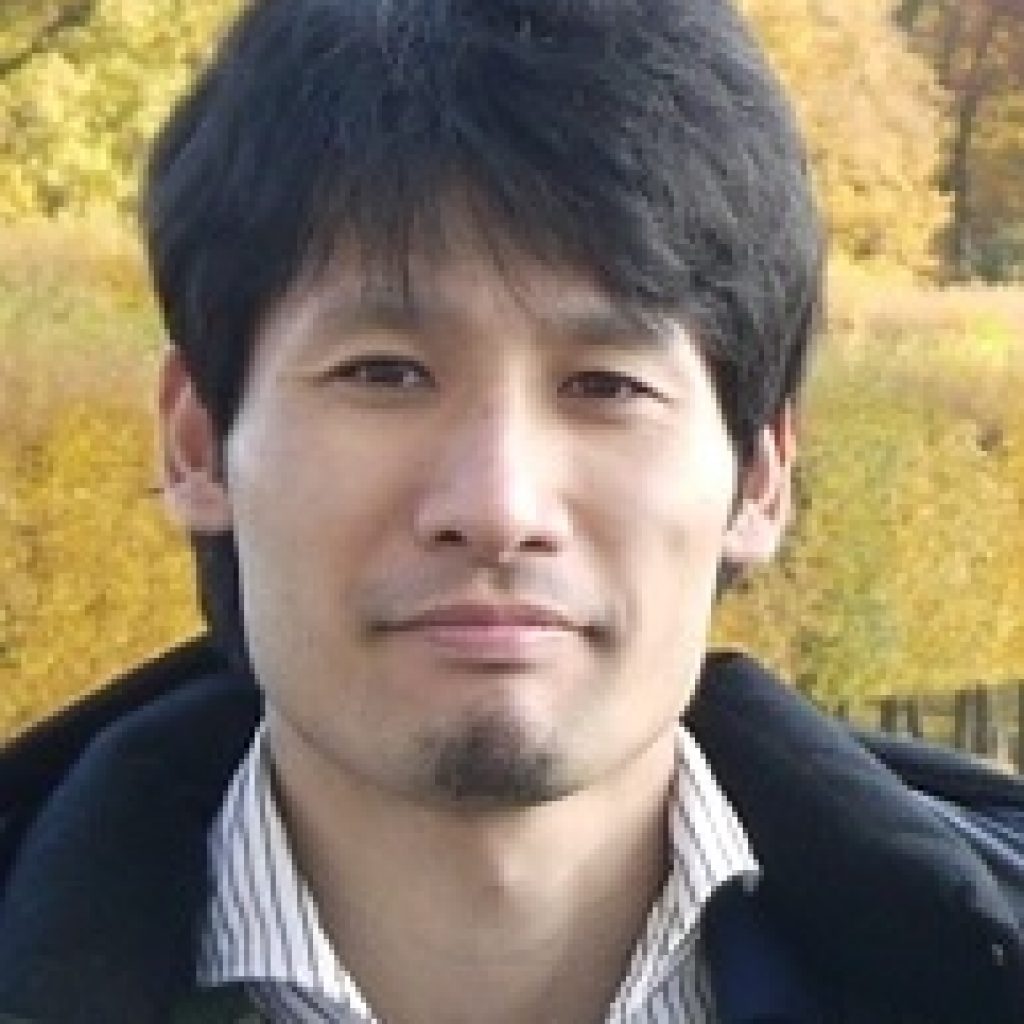
11/30/18 at 4:00 pm in Chemistry A101
About the Seminar Transition metal oxides have attracted a lot of interests due to their wide variety of functional properties, such as ferromagnetic properties, multiferroicity, and superconductivity, coming from properties of d electrons. The crystal structures of transition metal oxides consist of polyhedra with a transition metal cation surrounded by oxide ions, which dominate the […]

11/9/18 at 4:00 PM in Chemistry A101
Literature Seminar Abstract Vertically-aligned carbon nanostructures (VACNs) have many potential applications resulting from their mechanical and thermal stability, high surface area, high conductivity, and their ability to be chemically functionalized. Traditionally, VACNs have been produced via thermal chemical vapor deposition (CVD) or arc discharge. Thermal CVD is energy intensive, generally requiring processing temperatures above 600 […]

11/2/18 at 4:00 PM in Chemistry A101
Literature Seminar Abstract The United States has recently taken on the burden of dealing with its own postconsumer plastic waste resulting in a bottleneck at recycling facilities and the dumping of readily recyclable materials into landfills. Alternatives to the current, inefficient recycling practices must be sought out in order to address the worsening issue of […]

11/2/18 at 4:00 PM in Chemistry A101
Literature Seminar Abstract Roughly 350 million tons of plastic enters the global economy each year. Trends point to increases of 100 million tons more each decade. To make matters more dire, most commercial materials are composed of more than one polymer, adding the complexity of separation of one polymer from another. As recycling these materials […]

10/19/18 at 4:00 PM in Chemistry A101
Literature Seminar Abstract: Charge dynamics in materials such as recombination lifetimes and mobility are fundamental in understanding the way devices work. A family of hybrid halide perovskites with the formula A’2An-1BnX3n+1 (where A’ = RNH3+, A = CH3NH3+, B = divalent metal center, X = halide, and n is an integer) are of interest for […]
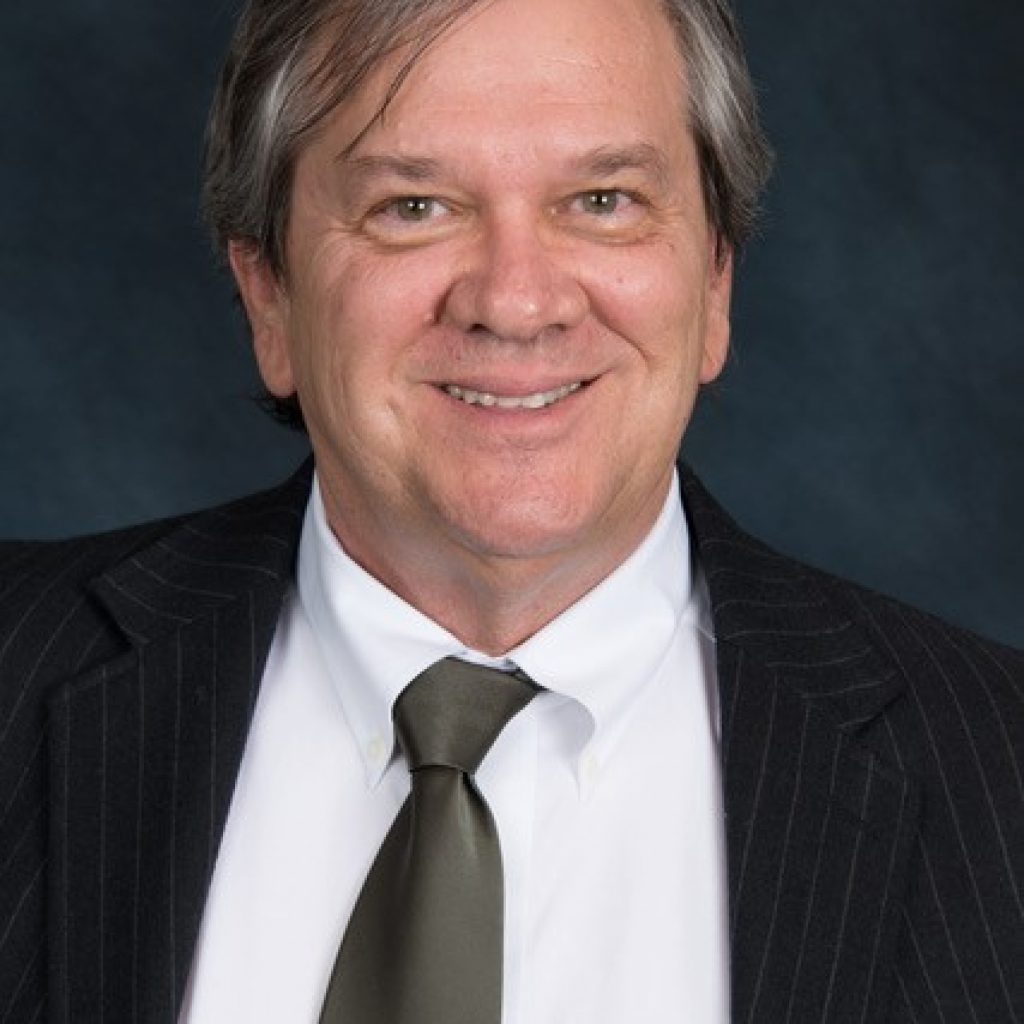
10/18/18 at 4:00 PM in Chemistry A101
About the Seminar: Research in chemistry, the central science, is profoundly engaged in addressing important global challenges related to health, energy, the environment, and climate change. The chemistry core curriculum ought to reflect newfound abilities to make, measure and model chemistry, and lay the foundation for transformative advancements by future chemists. For the last decade, […]

10/12/18 at 4:00 PM in Chemistry A101
Literature Seminar Abstract: Multivalent cations hold promise for dramatically increasing battery capacity over lithium ion technology, as each atom can provide multiple electrons, as opposed to one (e.g. Mg ➞ Mg2+ + 2e- v. Li ➞ Li+ + e-). However, the additional charge on multivalent cations slows their motion through solids. This slow cation mobility […]
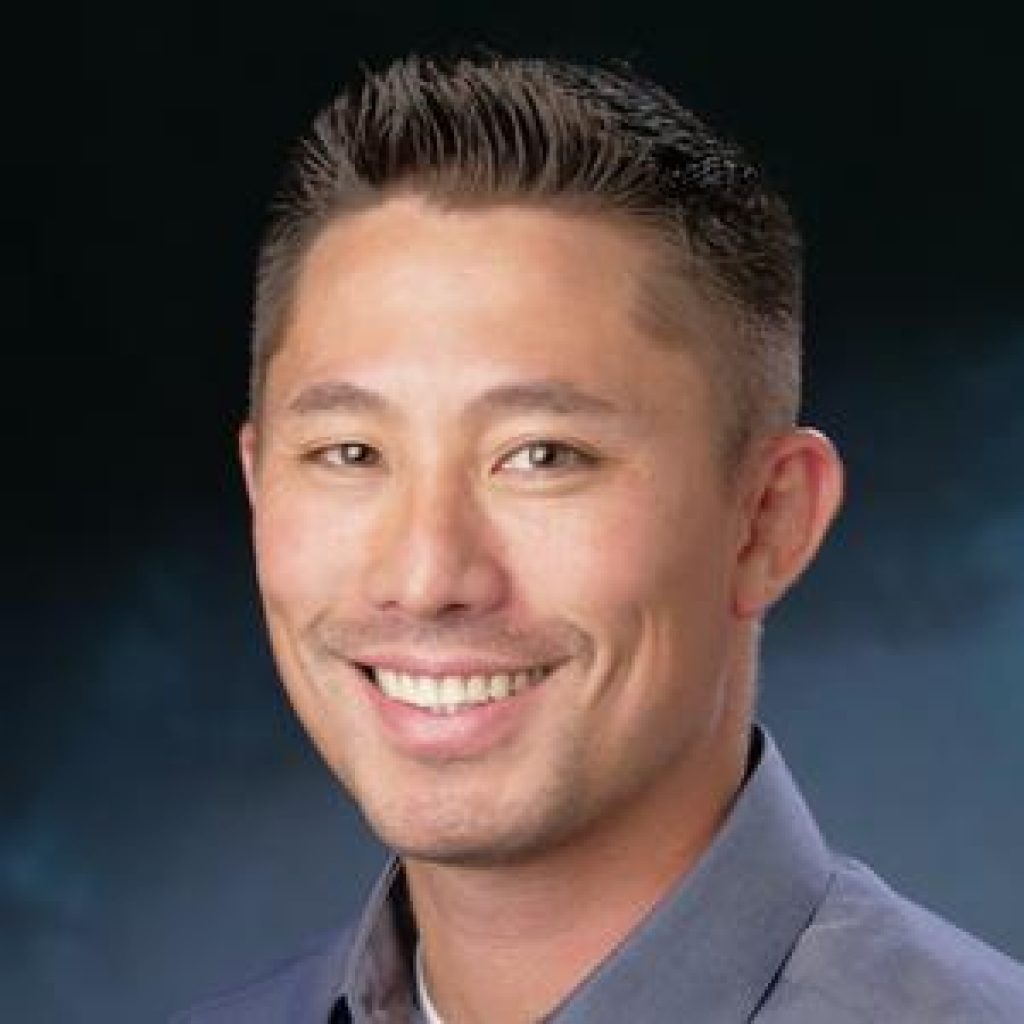
10/8/18 at 4:00 pm in Chemistry A101
Synthetic polymers have become indispensable to modern society. The development of living and controlled polymerization methodologies have enabled the synthesis of precise macromolecular architectures with tailored polymer properties for integration in diverse applications. This presentation will discuss the design and synthesis of strongly reducing visible-light organic photoredox catalysts for organocatalyzed atom transfer radical polymerization. Developing […]

10/5/18 at 4:00 PM in Chemistry A101
Literature Seminar Abstract In past years, the need to develop technologies to make use of solar energy has led to extensive research into the semiconductor materials for such applications. Due to their electronic structure, semiconductor materials can be used to drive photocatalysis through the photogeneration of charge carriers that can partake in oxidation or reduction […]

10/5/18 at 4:00 PM in Chemistry A101
Literature Seminar Abstract Ion insertion into a host material is the elementary process by which many energy storage based devices are built upon. For example, rechargeable Li-ion batteries function via a process of Li ions inserting into and extracting out of a host material in the battery. This process results in the generation of electrons […]

9/28/18 at 4:00 pm in Chemistry A101
Literature Seminar Abstract Although 3D printers have improved significantly since their invention, research interests in printing materials have only recently surfaced. The majority of 3D printed objects consist of a single material, with objects printed of several materials requiring the user to switch starting materials mid-print. A recent manuscript from the Hawker group (doi: 10.1002/adma.201800364) […]

9/28/18 at 4:00 pm in Chemistry A101
Literature Seminar Abstract In recent decades, atom transfer radical polymerization (ATRP) has become one of the most widely used controlled radical polymerization methods due to its operational simplicity, utilization of commercially available reagents, and ability to synthesize polymers with complex architectures from a broad range of monomers. Originally, ATRP made use of relatively large amounts […]
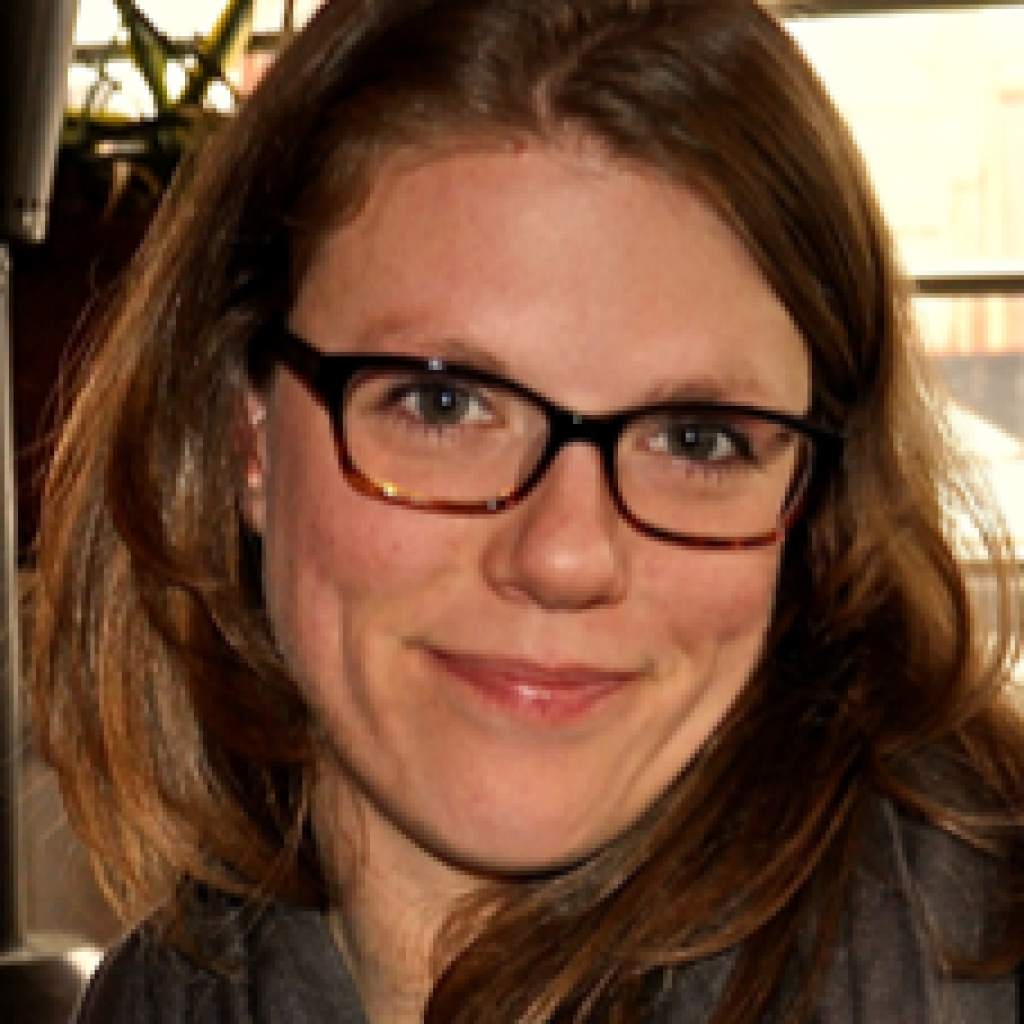
9/21/18 at 4:00 pm in Chemistry A101
About the Seminar The interface between two fluids is not only important for defining reactivity of dislike materials, but is also applicable for the preparation of stable higher order structures. Recently, the Pentzer lab developed 2D carbon-based nanosheets that assemble at different fluid-fluid interfaces including oil-water, oil-oil, and ionic liquid-water and demonstrated the use of […]

9/14/18 at 4:00 pm in Chemistry A101
Literature Seminar Abstract Semiconductor nanoparticles (NPs) are used for a wide variety of applications, including sensing, photocatalysis, and optoelectronics. To optimize their utility for these applications, charge carriers must be able to flow efficiently through the material. However, semiconductor NPs exhibit inherent structural and electronic defects that can trap charge carriers and prevent them from […]
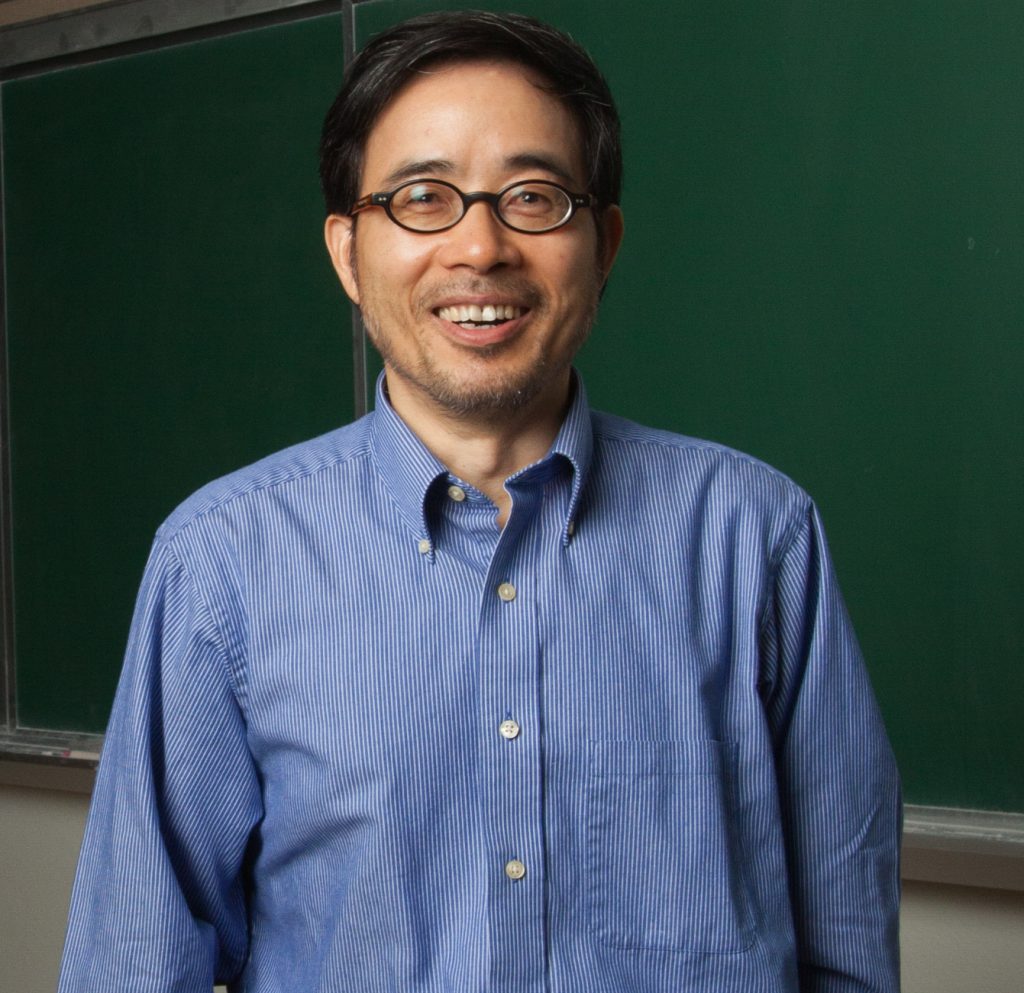
9/7/18 at 4:00 pm in Chemistry A101
The current practices in the generation and disposal of synthetic polymers are largely unsustainable. Several solutions have been intensively pursued to address this global challenge but the current solutions suffer from either significant materials value and quality losses or unintended environmental consequences. To address this challenge, we have designed and synthesized next-generation sustainable polymers that […]

8/31/18 at 4:00 pm in Chemistry A101
If you are interested in the materials program, please join Amy Prieto Friday, August 31, 2018 at 4:00 pm, in A101 for an overview of the program.

6/22/18 at 4:00 PM in ChemistryA101
The Nature Research portfolio includes the flagship Nature title, the physical and life sciences research journals, such as Nature Chemistry, and the open-access titles including the newly launched Communications Chemistry. During the first part of the talk Andrew will discuss the different aims and scopes of the various Nature titles as well as the relationship […]

4/20/18 at 4:00 pm in Chemistry A101
Photoredox catalysis has gained recent prominence due to the ability to employ mild reaction conditions and achieve challenging chemical transformations. A significant portion of this work has focused mainly on employing ruthenium andiridium polypyridyl complexes due to their characteristics as photocatalysts. However, as photocatalysis becomes morecommonplace in synthetic labs, so does the need for a […]

4/13/18 at 4:00 pm in Chemistry A101
Organocatalyzed atom transfer radical polymerization (O-ATRP) has become a powerful methodology for the synthesis of well-defined polymers in a highly efficient manner. This process is made possible due to the advent of highly reducing organic photoredox catalysts (PCs) which are driven by visible light. The family of N,N-diaryl dihydrophenazine PCs have been shown to polymerize […]
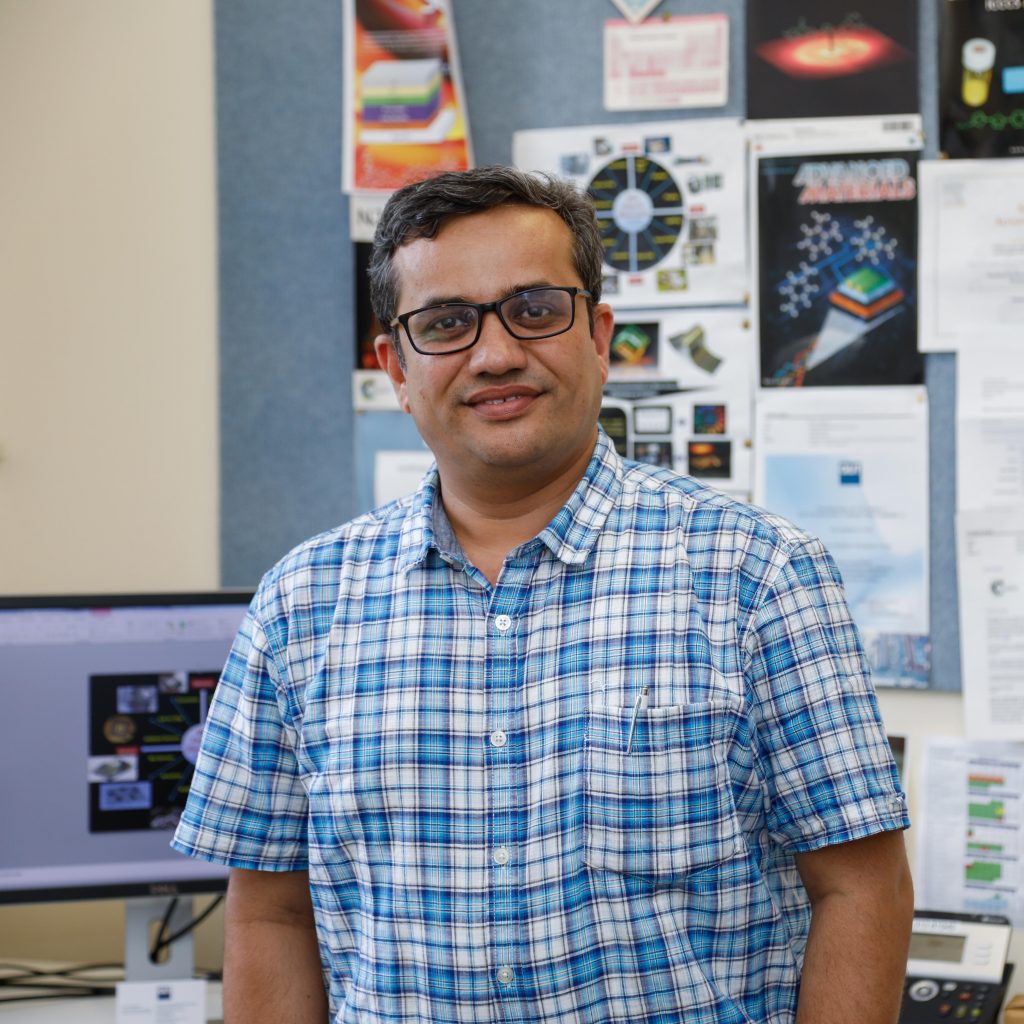
4/9/18 at 12:00 pm in Chemistry A103

